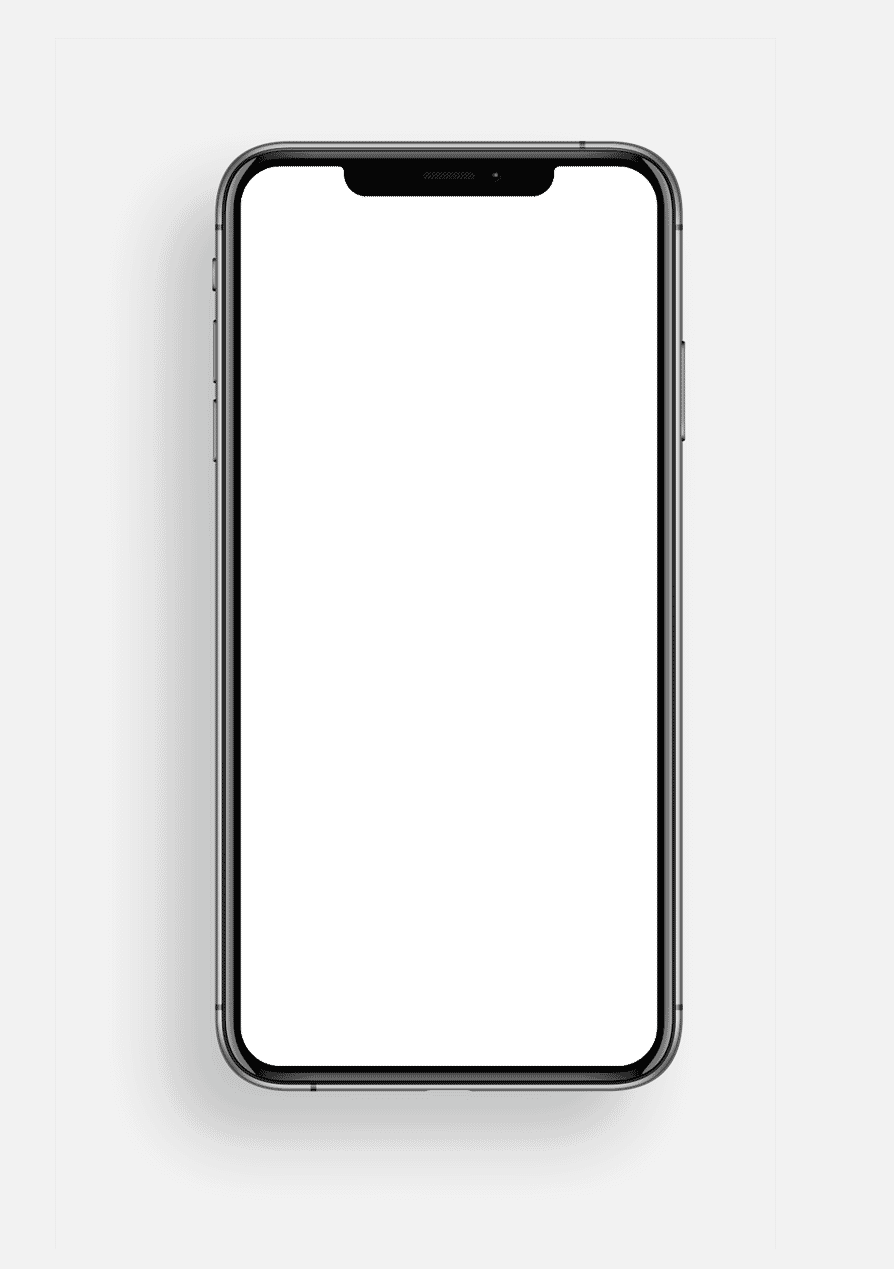There’s something inherently frustrating about dress codes, particularly when they sit in that grey area between casual and black tie. One of the most common and most confusing is semi-formal attire for men. Unlike black tie, which gives you a pretty clear framework to follow, semi-formal is more of a balancing act. It requires smartness without rigidity, confidence without extravagance, and just enough effort to look considered without appearing overdressed.
It’s the kind of thing that, when done well, looks effortless – but getting it right is trickier than it seems. The problem is that semi-formal means different things to different people, and without a clear-cut rulebook, it’s easy to end up either too relaxed or too stiff. Fortunately, there are a few key principles that will keep you on the right side of the dress code, whatever the occasion. Here’s what you need to know.
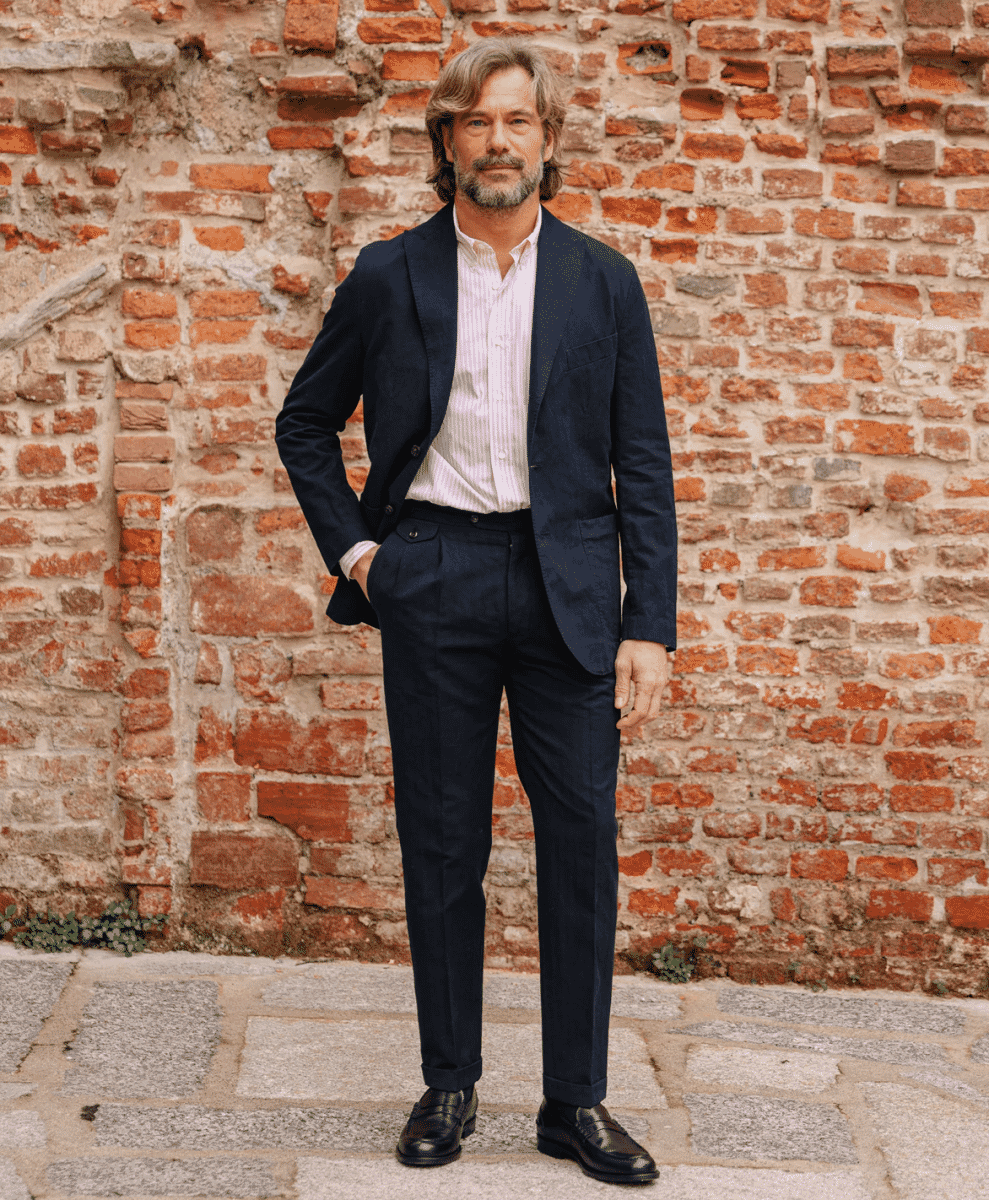
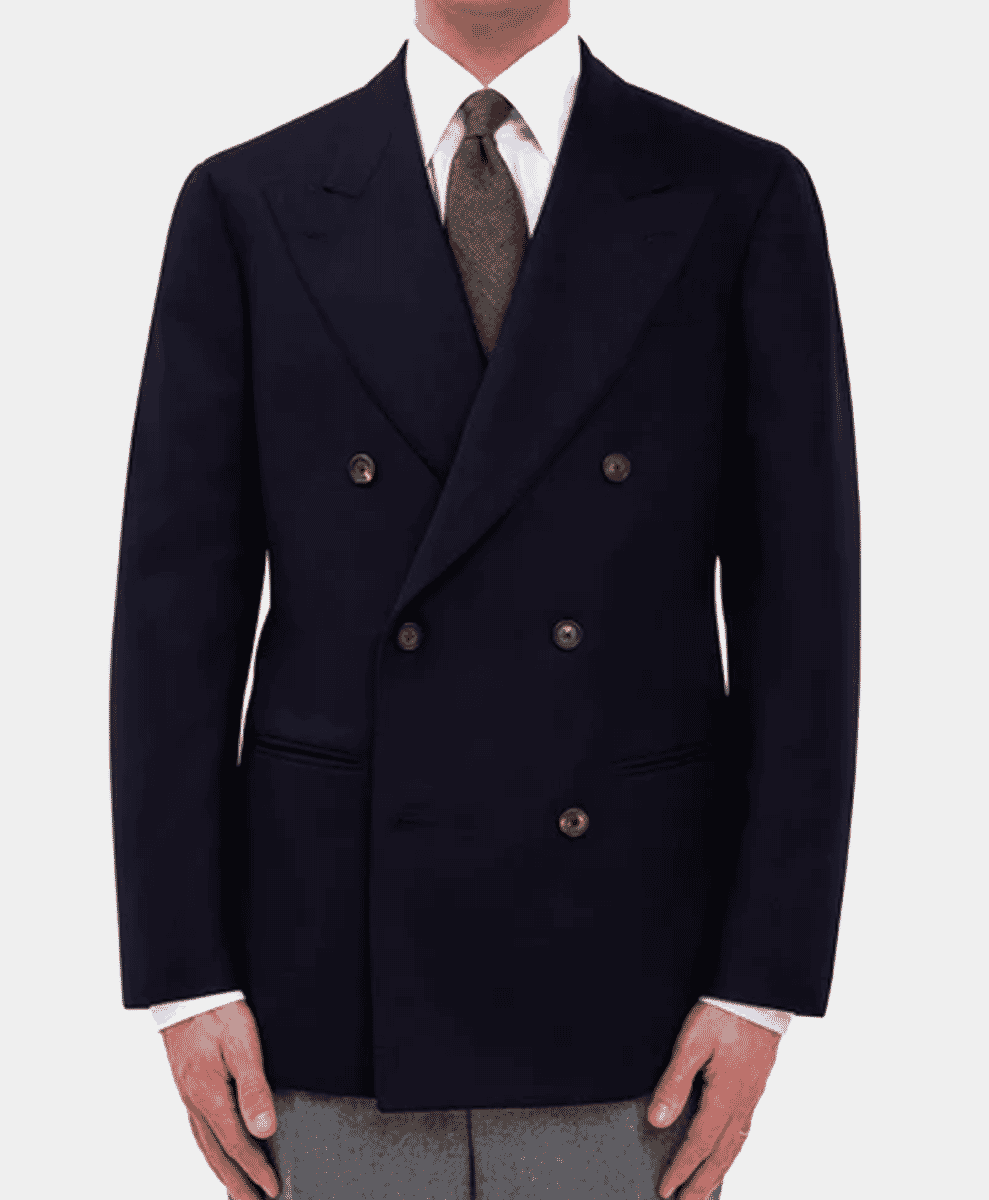
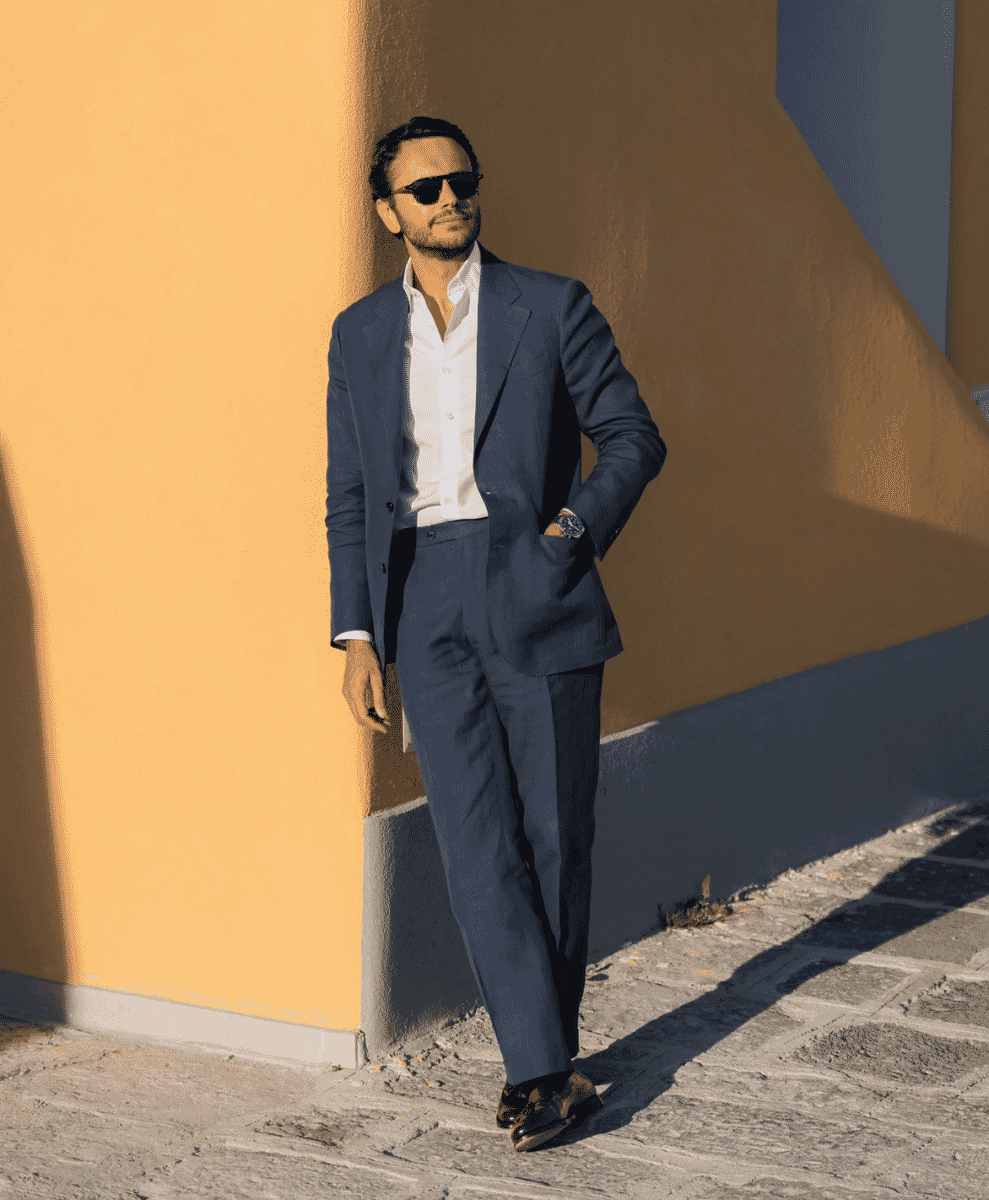
What is semi-formal attire for men?
Semi-formal sits between business casual and formalwear, offering a step up from everyday tailoring without veering into tuxedo territory. The key is refinement – elegant but not ostentatious, smart but not stiff. Think well-cut tailoring, sharp footwear, and subtle accessories rather than bold colours, flashy details, or anything too relaxed.
Unlike casualwear, which leaves plenty of room for personal interpretation, semi-formal has a defined structure. A tailored jacket is a must, but it doesn’t have to be a full suit. Smart trousers – think wool, pleated, or neatly tapered chinos – are essential. Shirts should be crisp, often in classic shades like white or pale blue, while shoes should always be leather – no trainers, no exceptions.
In essence, semi-formal is about striking a balance. It allows for individuality, but within reason. The goal is to look polished, not like you’ve just stepped out of a boardroom meeting.
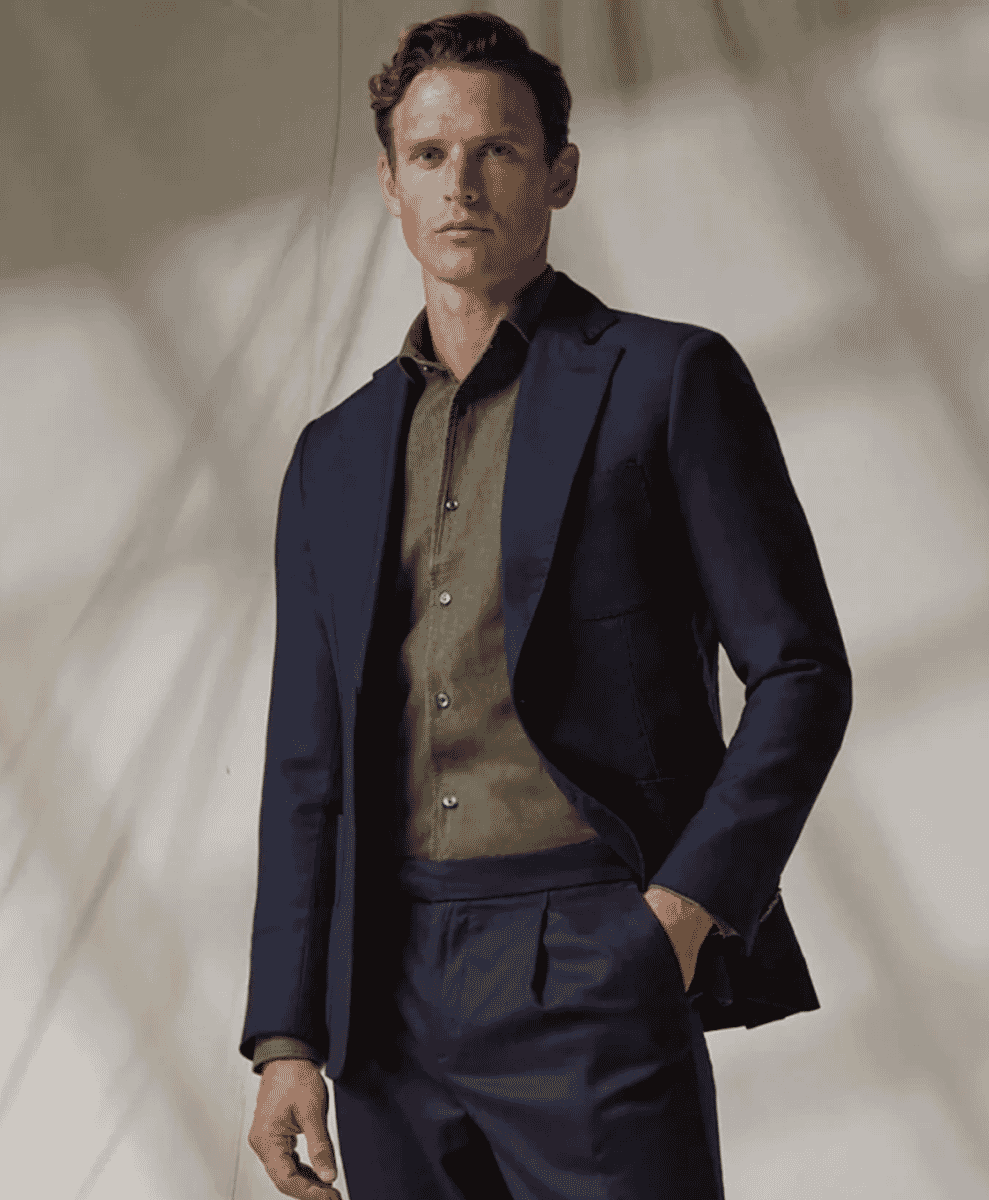
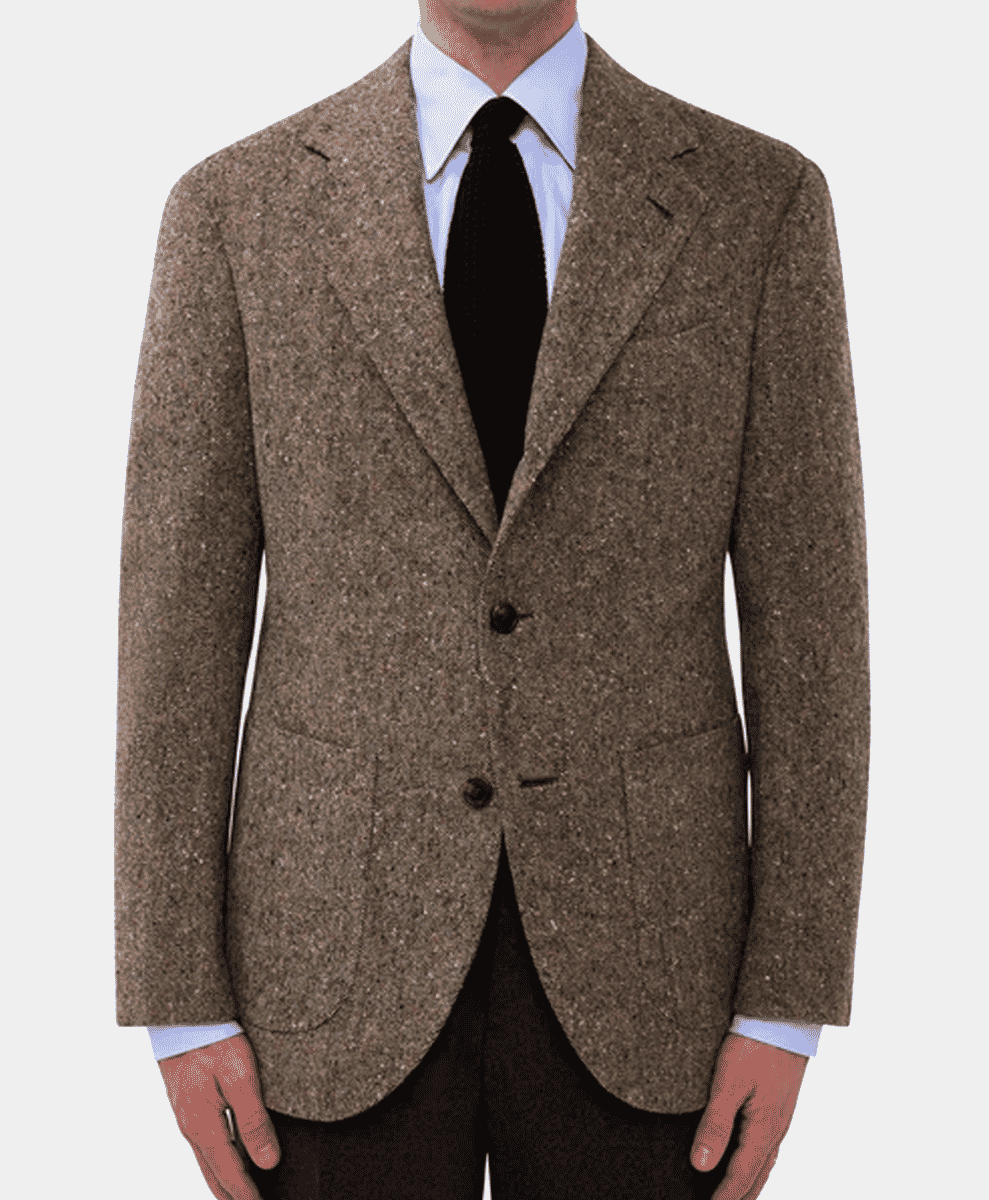
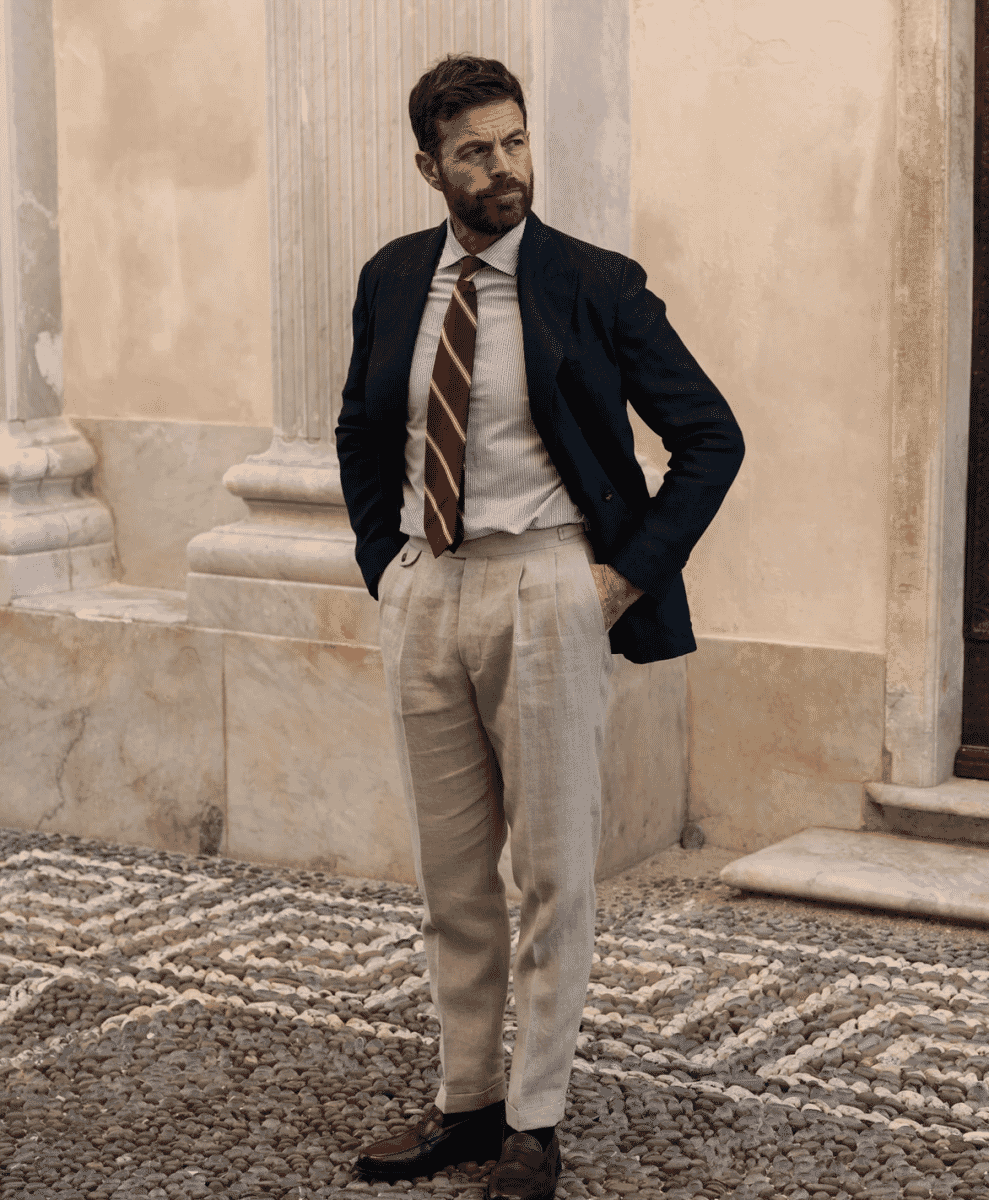
Semi-formal attire vs. formal attire
If semi-formal is about balance, formal attire is about precision. Formalwear follows stricter guidelines – suits should be dark, shirts should be white, ties are non-negotiable, and footwear should be polished to a mirror shine. Semi-formal, on the other hand, allows for a touch more personality.
The main difference lies in flexibility. Where formalwear typically demands a three-piece suit or a tuxedo, semi-formal lets you experiment. A two-piece suit works, but so does a tailored blazer with pleated trousers. Formalwear leans heavily on monochrome and classic tones, while semi-formal lets you explore softer hues, textured fabrics, and more relaxed styling.
Footwear is another key distinction. While patent leather Oxfords are the standard in formal dressing, semi-formal allows for Derbies, loafers, and even sleek Chelsea boots, depending on the setting. Accessories follow the same principle – where formalwear often calls for cufflinks, pocket squares, and silk ties, semi-formal lets you dial it back, allowing for a more effortless feel.
Semi-formal attire for men: Key pieces
There’s no single formula for semi-formal dressing, but there are a few key pieces that form the foundation of the look. These are the essentials – and how to get them right.
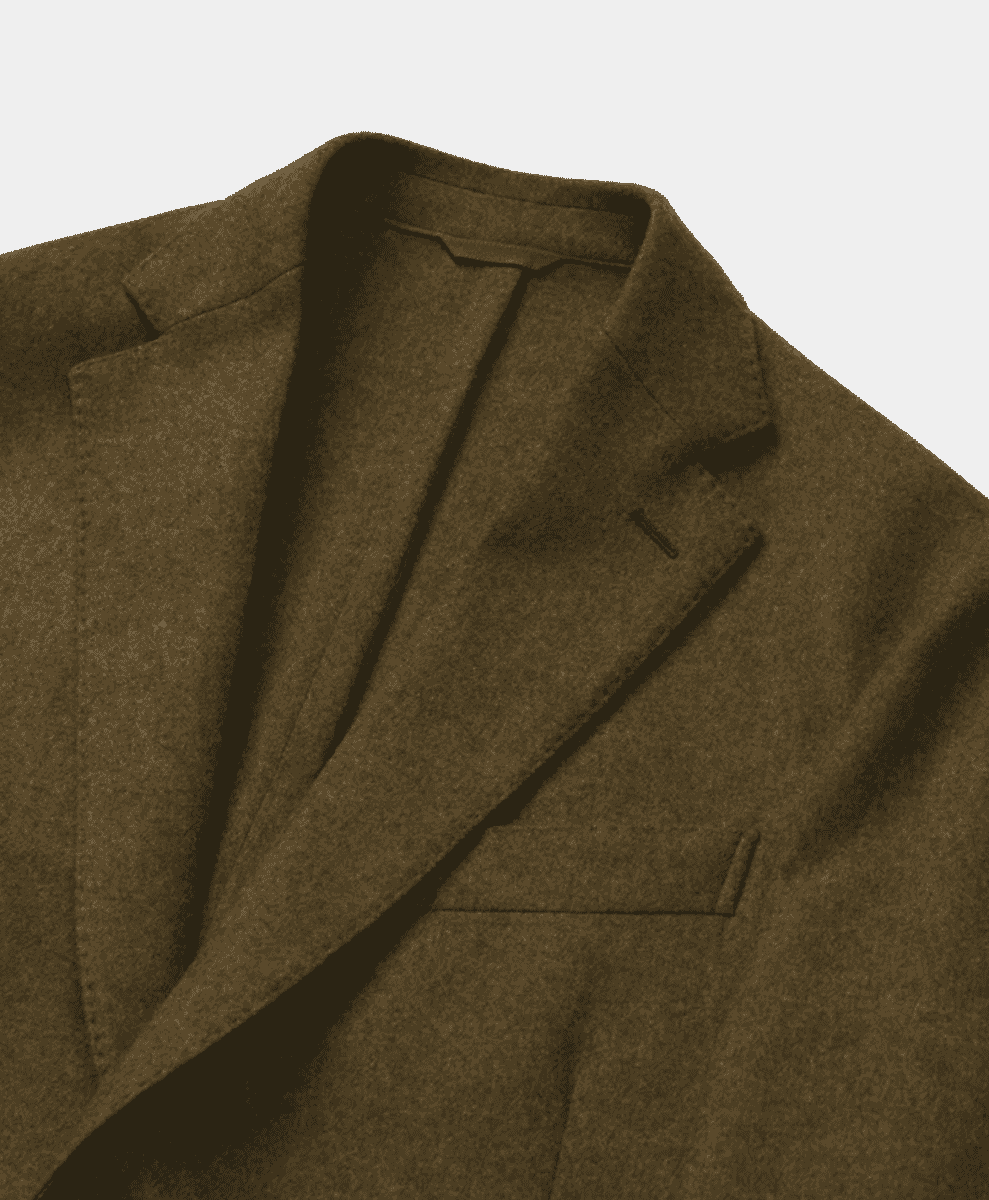
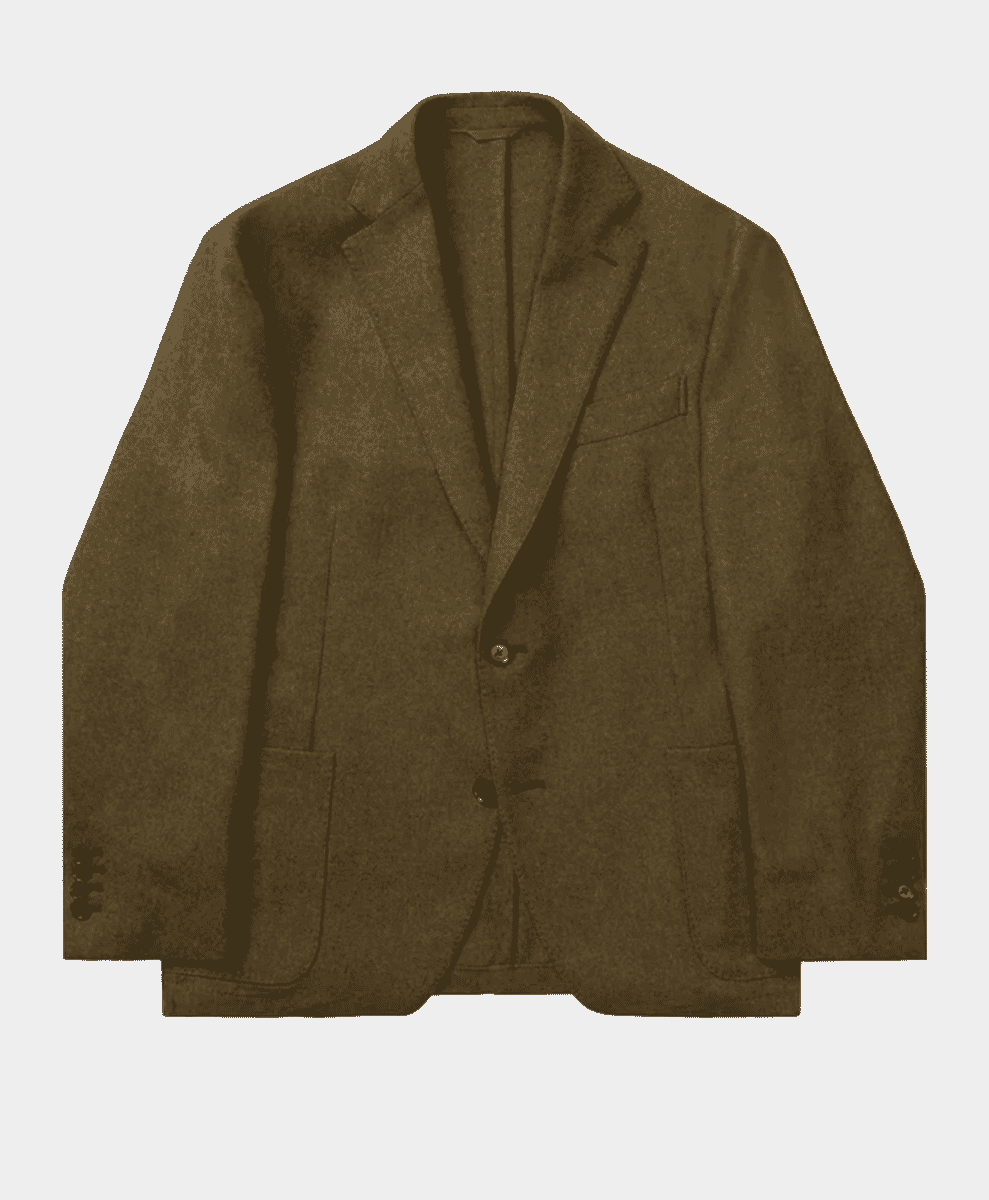
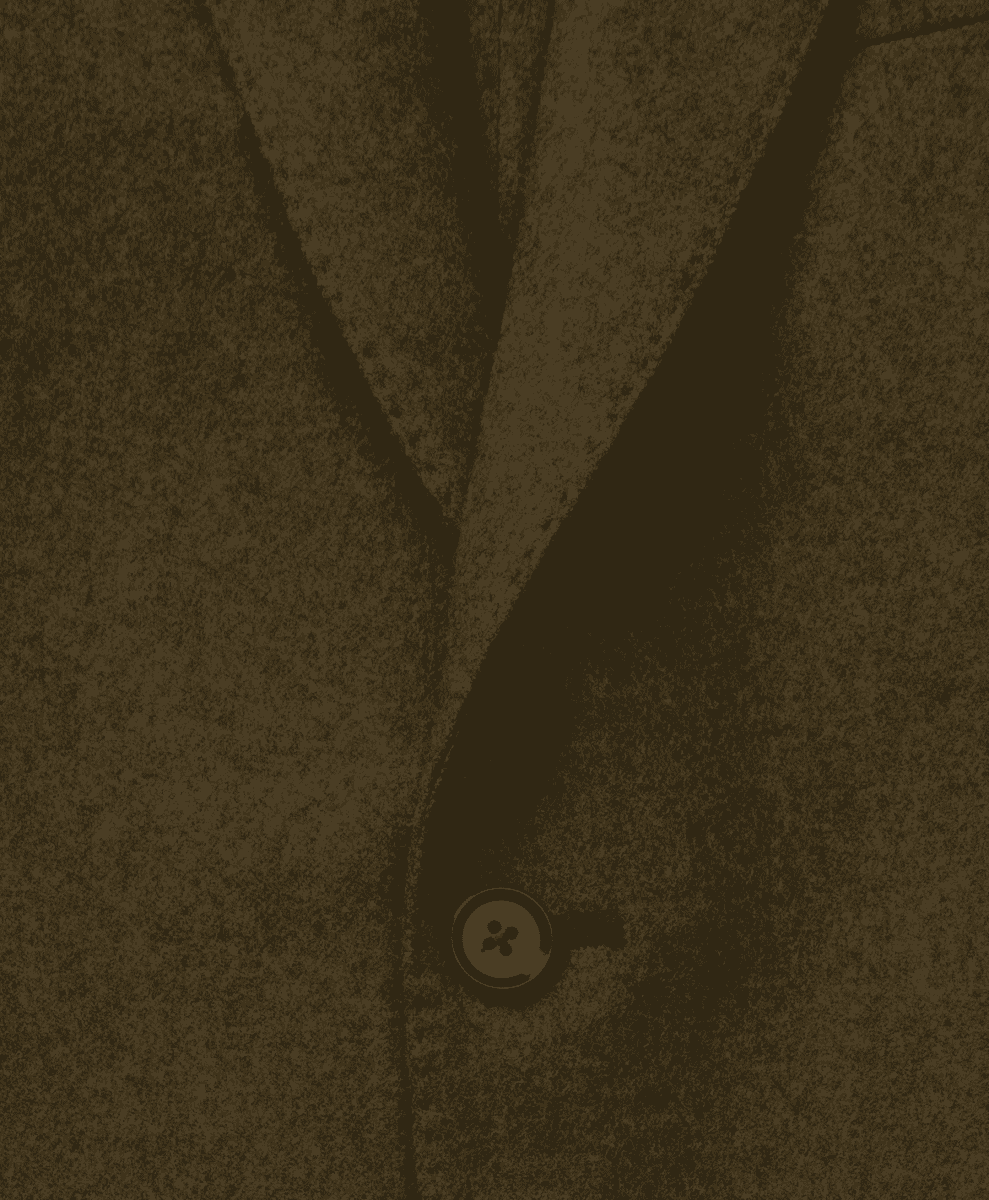
The jacket
A tailored jacket is the anchor of semi-formal dressing. This doesn’t necessarily mean a full suit – a well-cut blazer in wool, linen, or even corduroy can work just as well. Stick to classic colours like navy, grey, or brown for versatility, and opt for a soft shoulder or unstructured fit to keep things relaxed.
Avoid anything too sharp or corporate-looking. Double-breasted jackets can work, but they need to be styled carefully – pairing them with softer, textured fabrics like flannel trousers can help balance the formality.

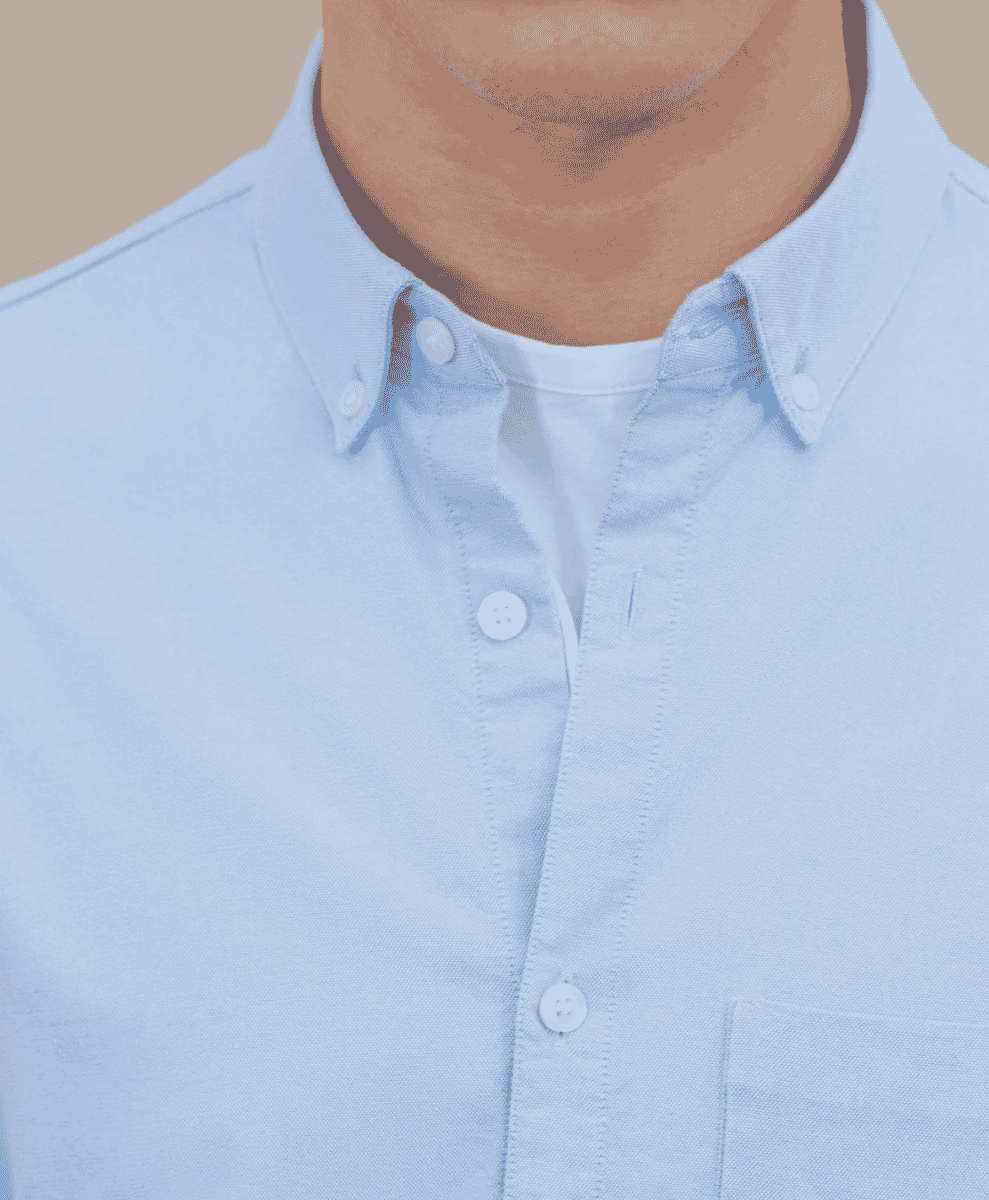
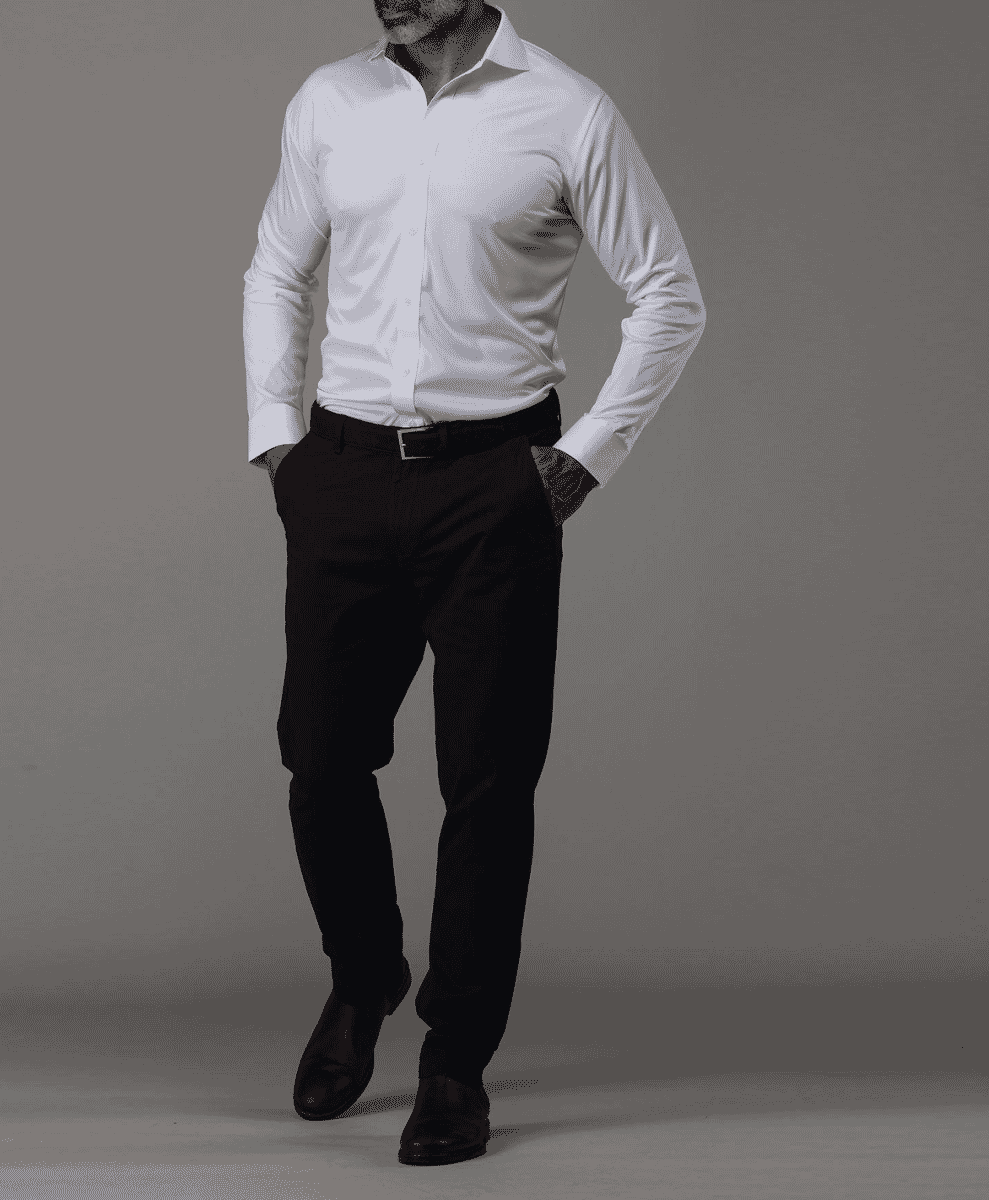
The shirt
A crisp button-up is non-negotiable. Stick to classic colours – white, pale blue, or subtle patterns like fine stripes. The key is simplicity and refinement – nothing too bold, no excessive detailing, and definitely no short sleeves.
Fabric choice makes a difference. Poplin and Oxford cloth are always solid choices, but if you’re dressing for a warmer climate, linen or lightweight cotton will keep things breezy without looking sloppy.
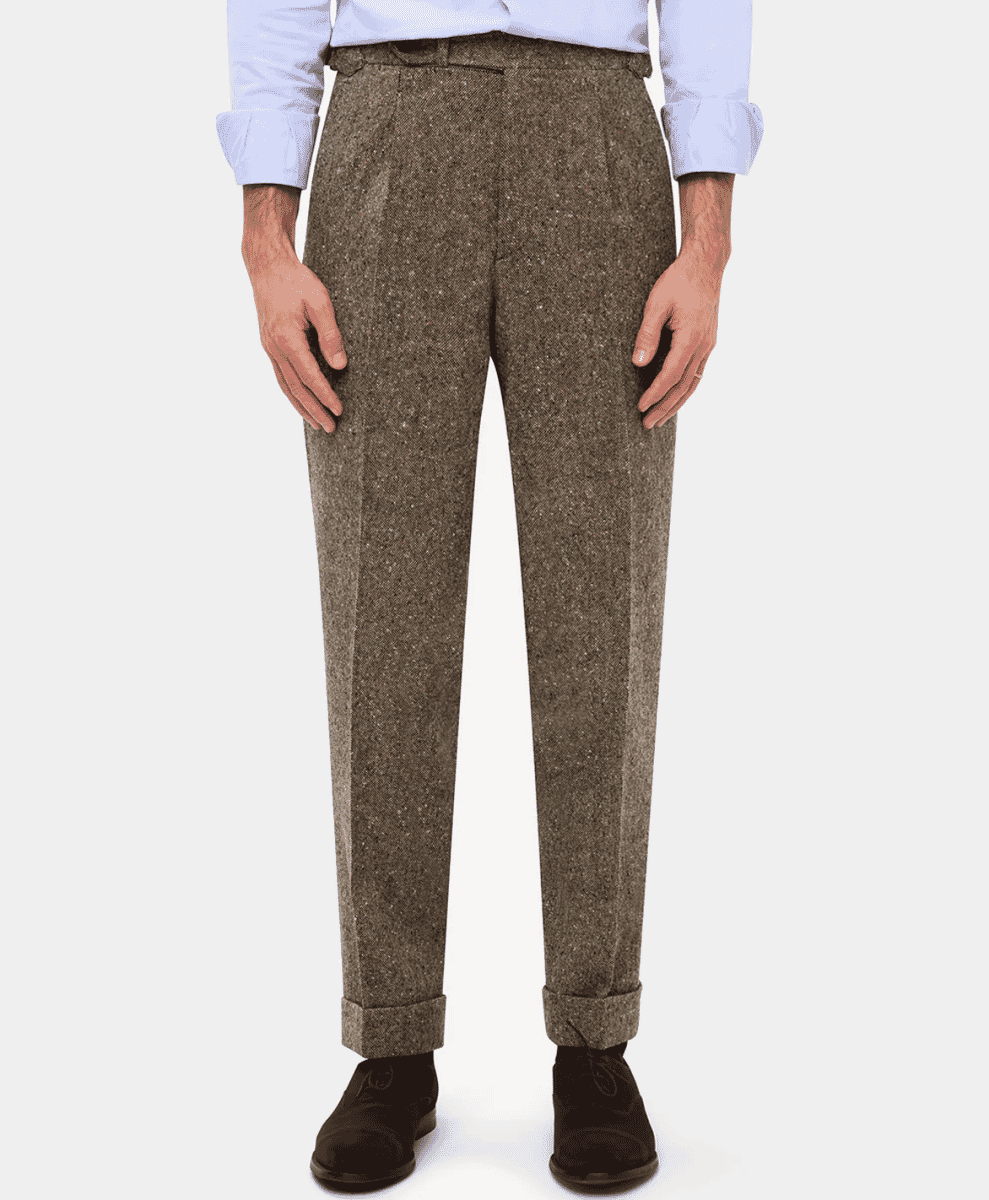
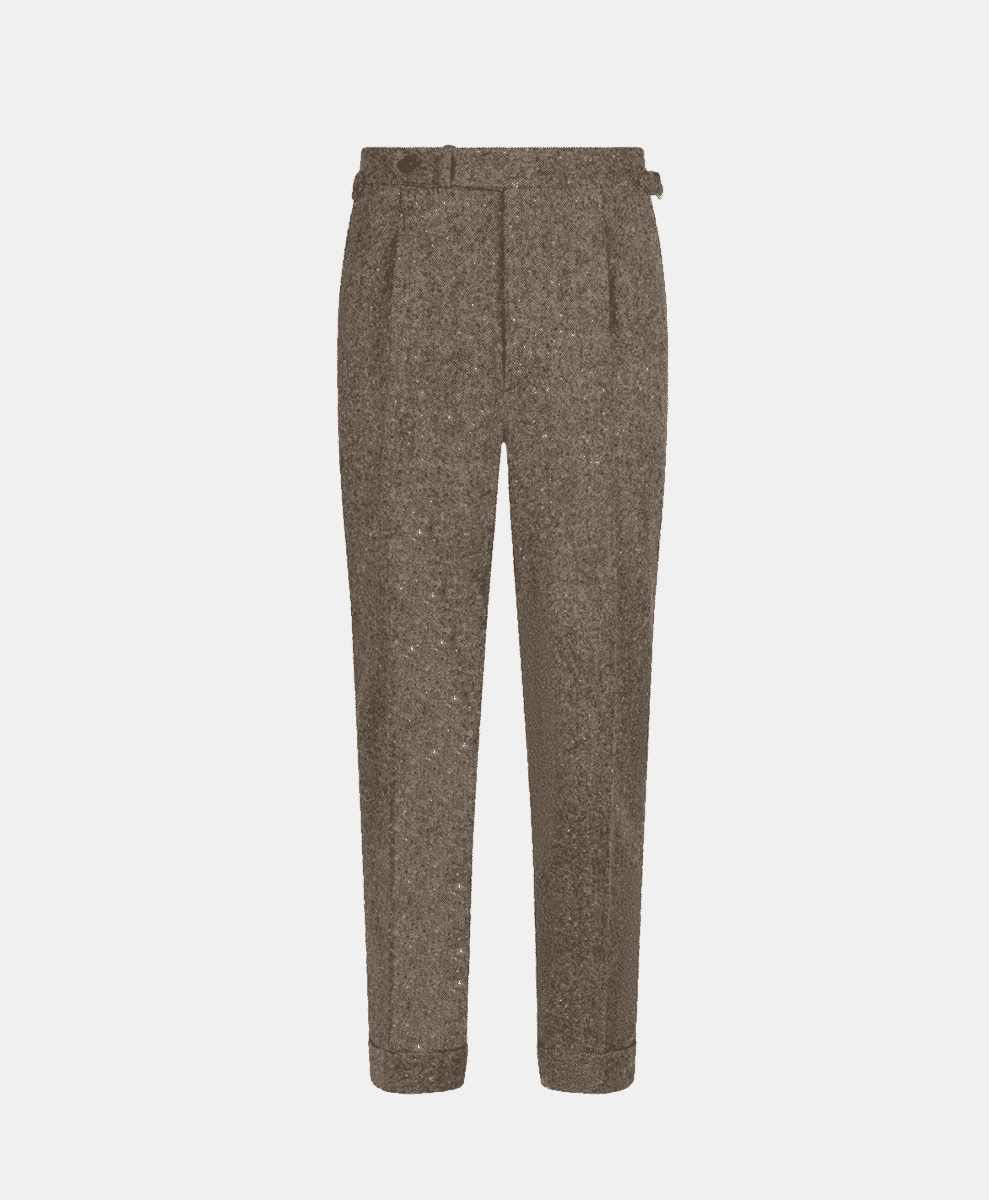
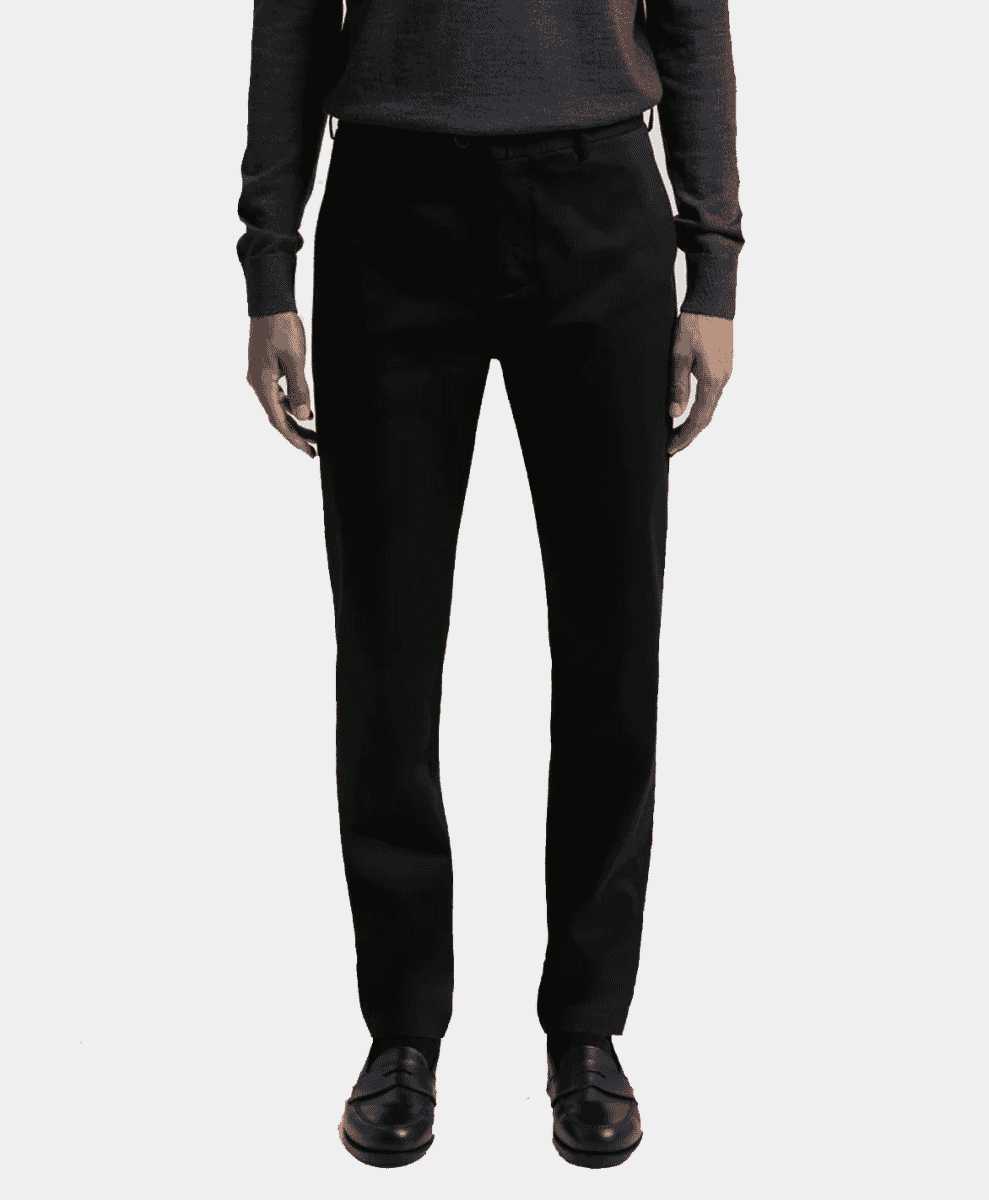
The pants
Trousers are where you can inject some personality. A well-tailored pair of wool or pleated trousers is a strong choice, offering both structure and ease. Tapered chinos can also work, provided they’re neatly pressed and paired with a smart blazer.
Fit is crucial. Avoid anything too slim or too baggy – a straight or slightly tapered leg works best. Darker tones like navy, charcoal, or olive keep things polished, while lighter neutrals like stone or beige can work for daytime events.
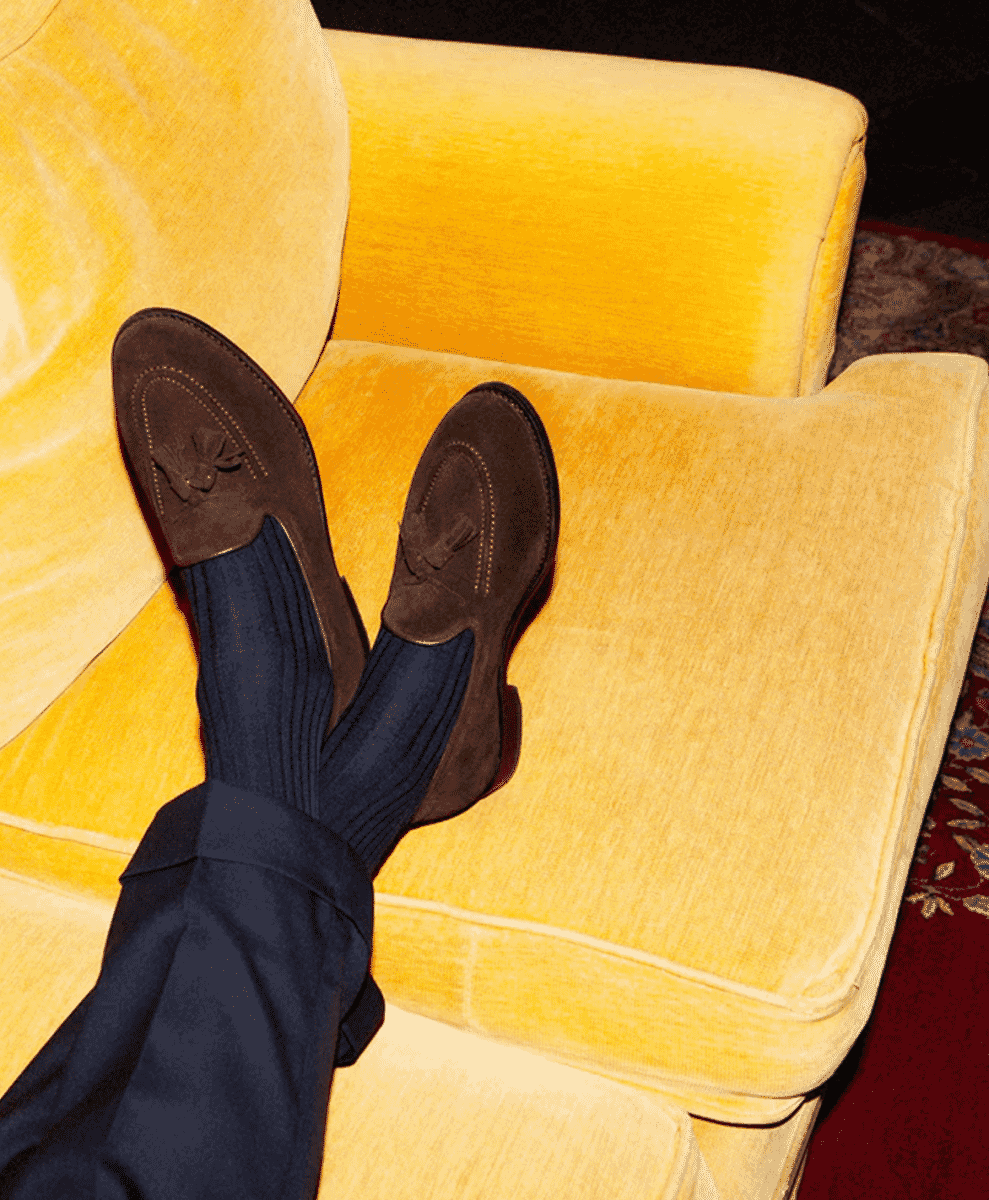
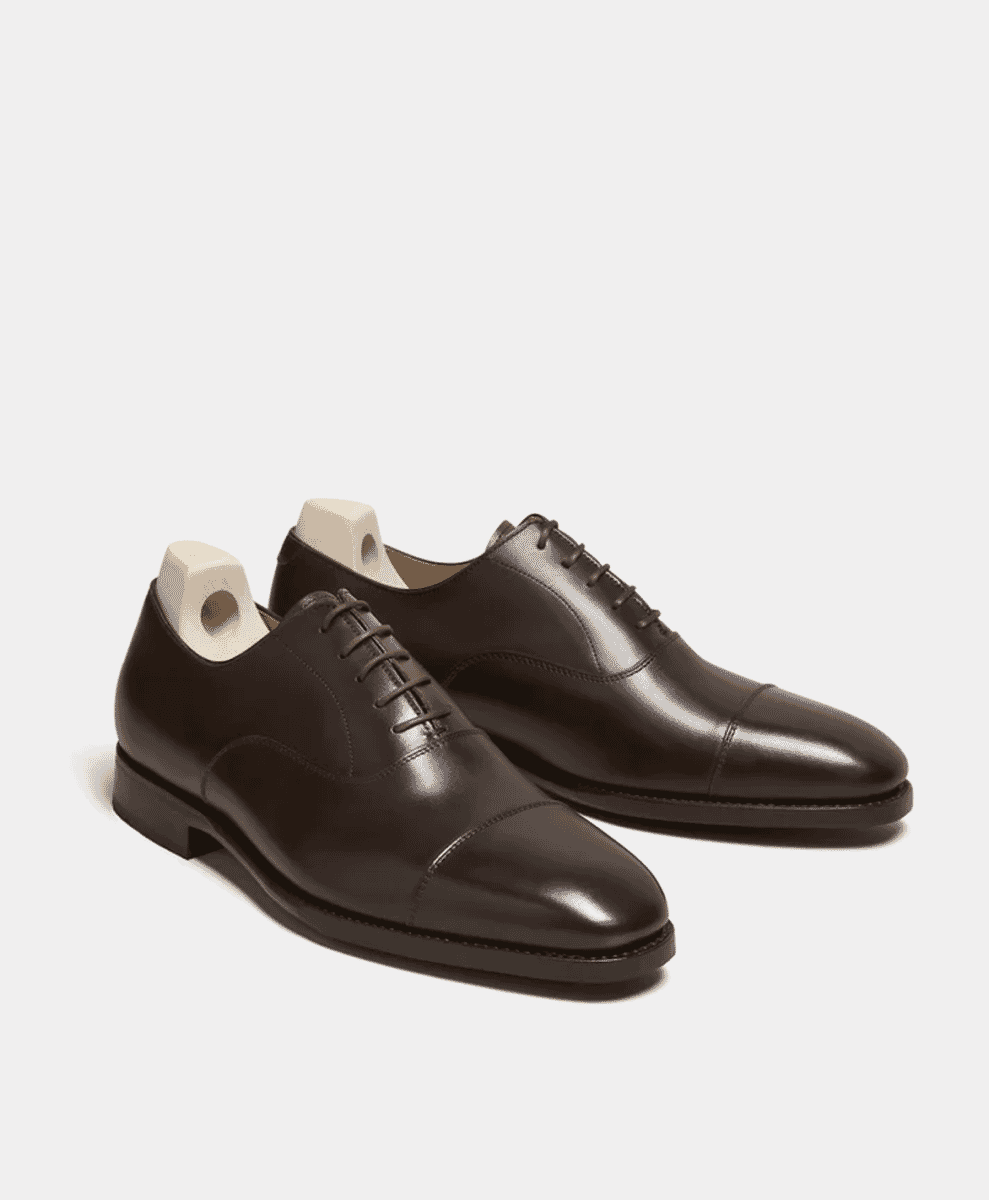
The shoes
The simplest way to ruin a semi-formal outfit is by wearing the wrong shoes. Leather is the only way to go – trainers, no matter how sleek, will never quite cut it.
Oxfords are the safest choice, but Derbies, loafers, and Chelsea boots can work depending on the occasion. Suede is acceptable for daytime events, but for evening affairs, polished leather is the better choice.
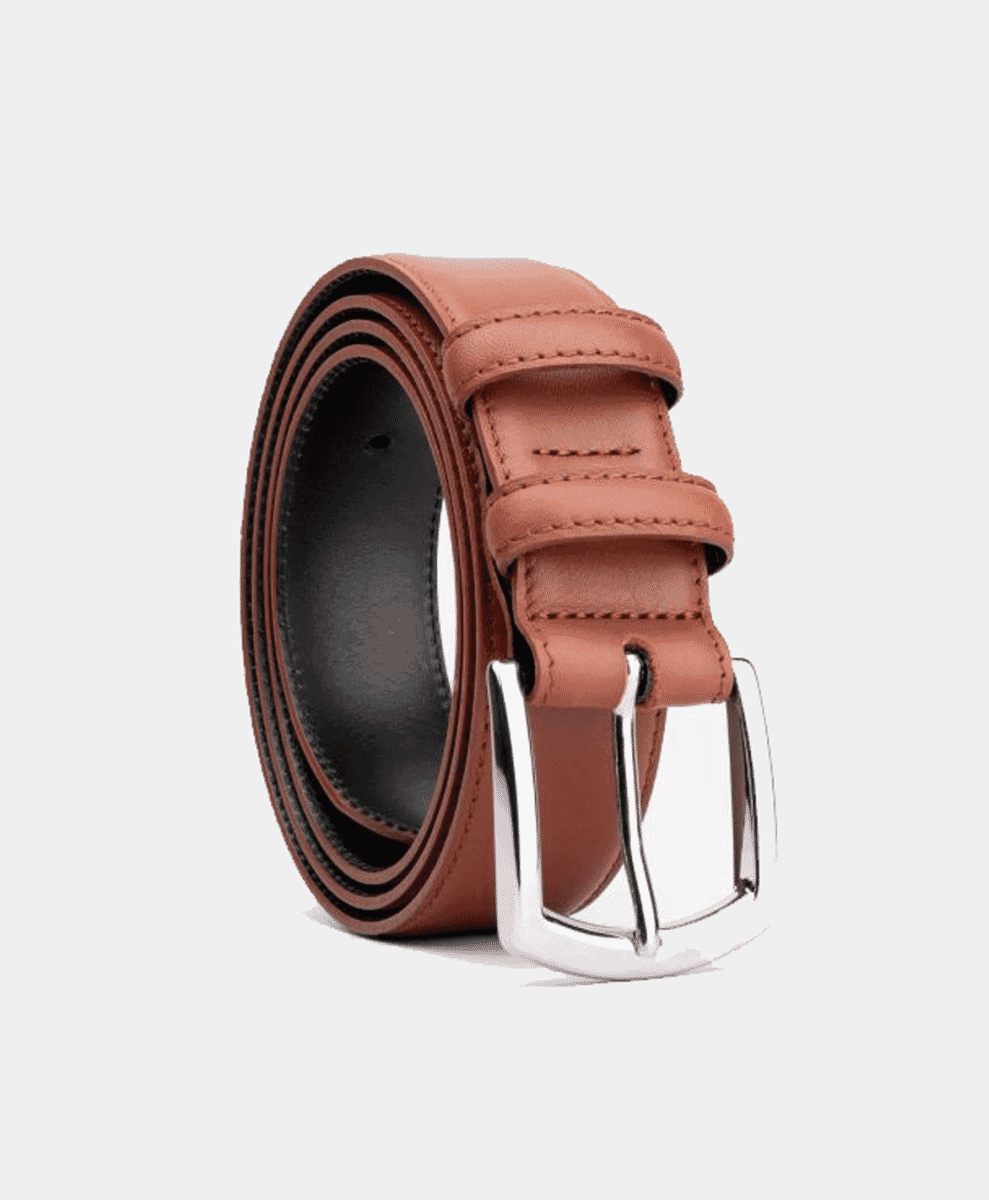

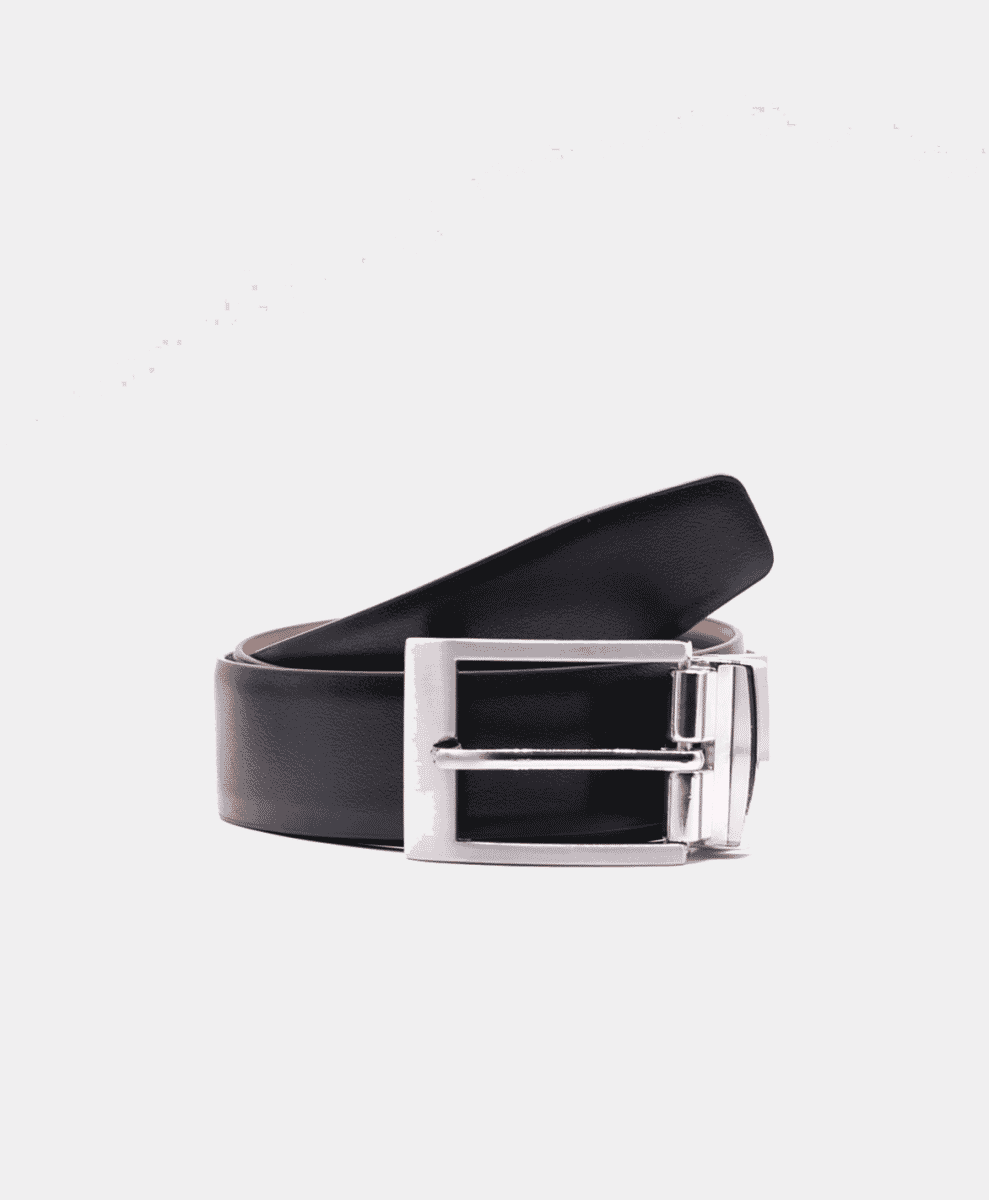
Accessories
Accessories in semi-formal dressing should be kept minimal. A belt in a matching leather tone, a simple pocket square, and a subtle watch are all you really need. Ties are optional, but if you’re wearing one, stick to silk or knitted versions in muted tones.
When to wear semi-formal attire for men
Semi-formal is a dress code that applies across multiple settings, from weddings to work events to evening parties. The trick is knowing how to adjust the formula depending on where you’re wearing it.
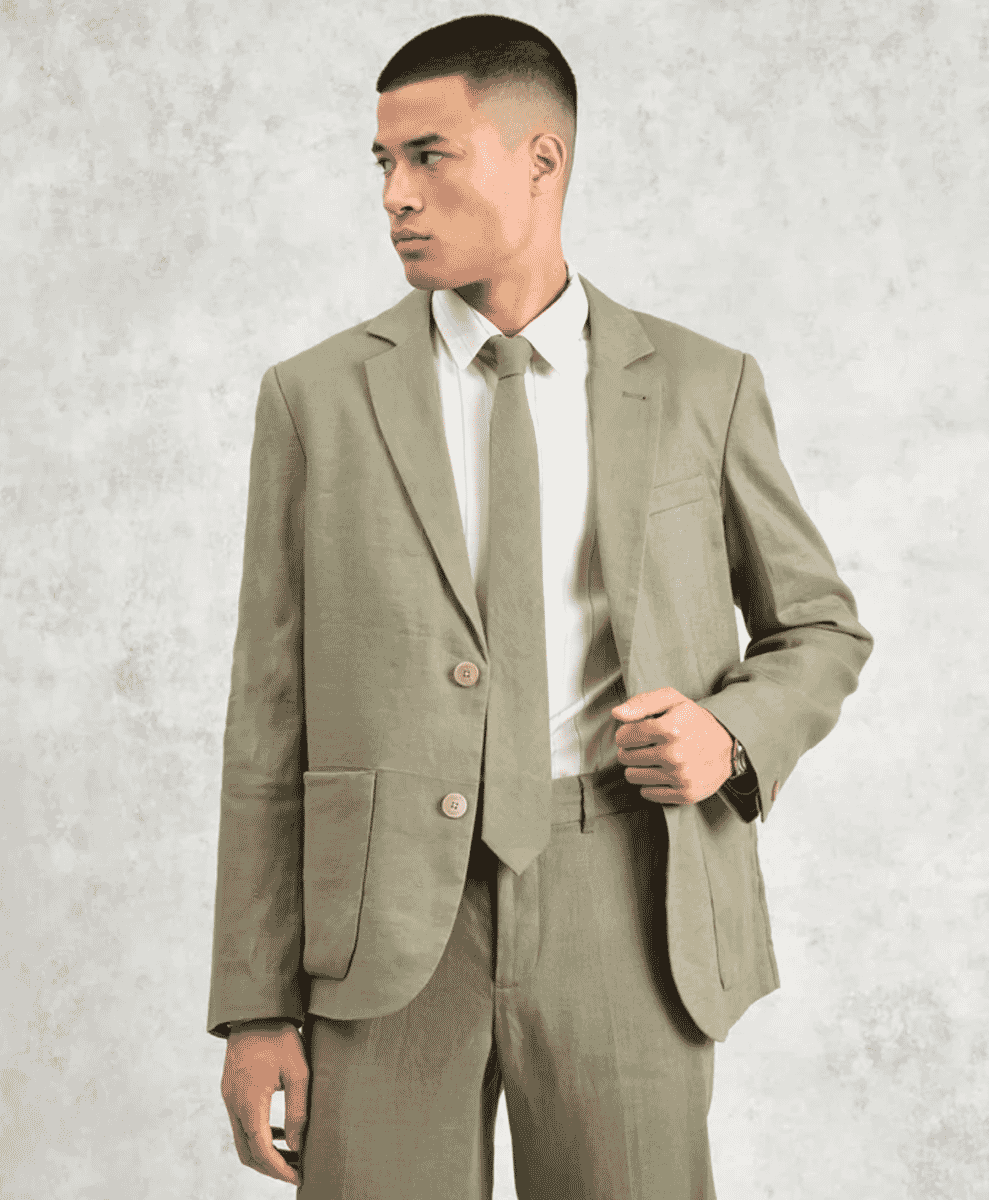
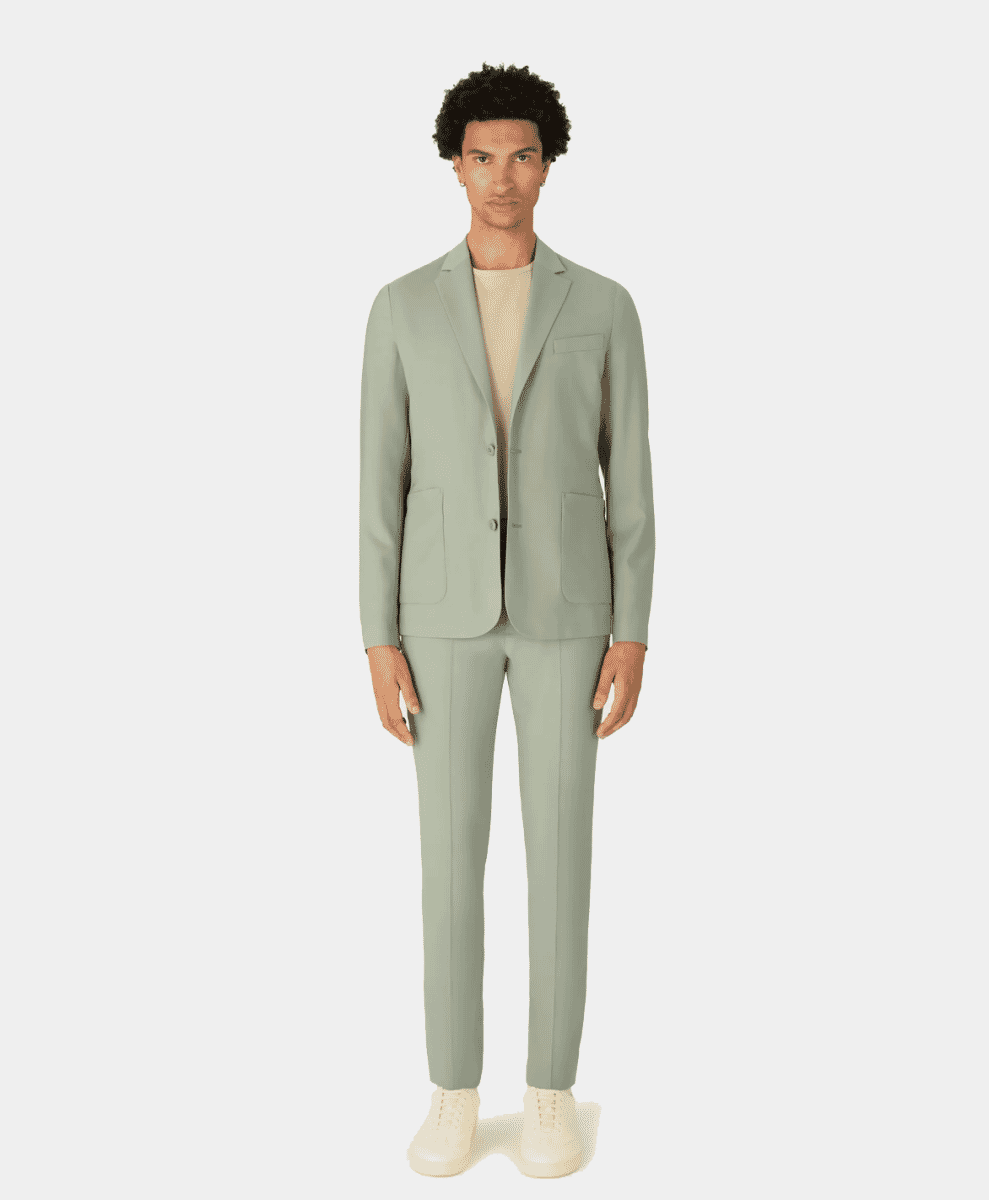
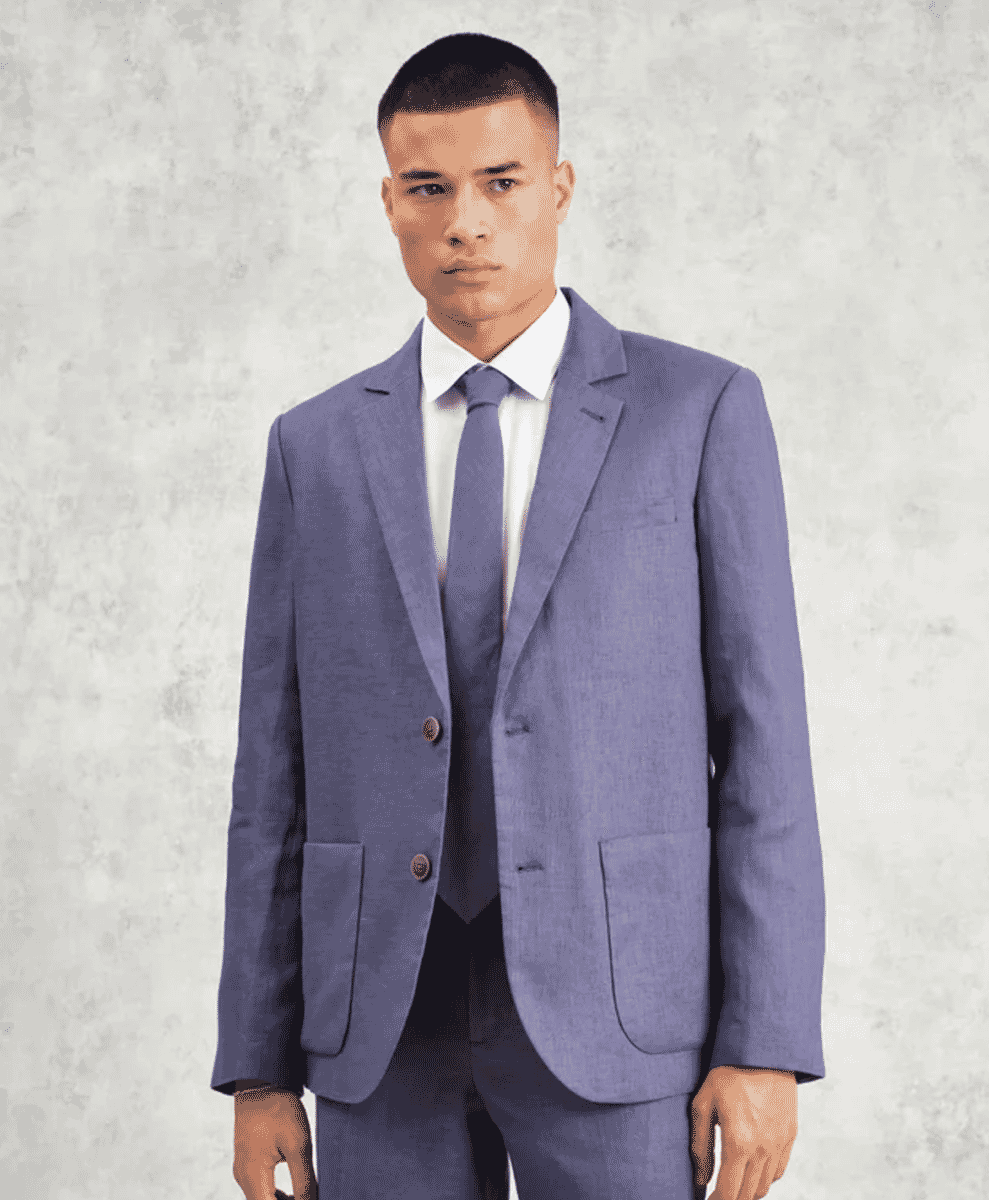
Weddings
Most weddings fall into semi-formal territory, particularly if they’re daytime affairs or set in a more relaxed venue. A lightweight suit in a neutral shade – beige, light grey, or soft blue – works well for summer, while darker suits in wool or tweed make sense for winter weddings. A tie is optional, but if the ceremony leans traditional, it’s better to err on the side of formality.
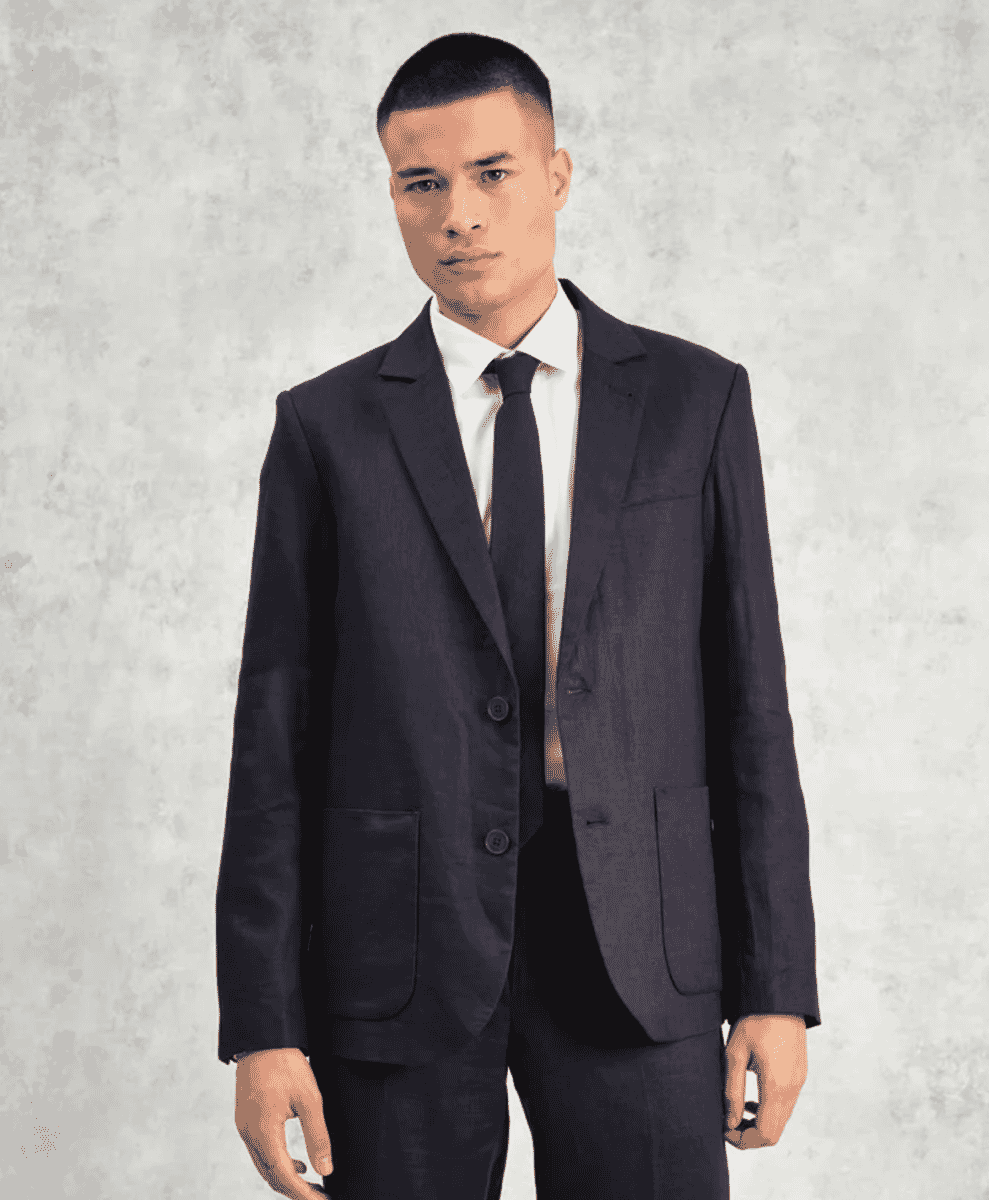
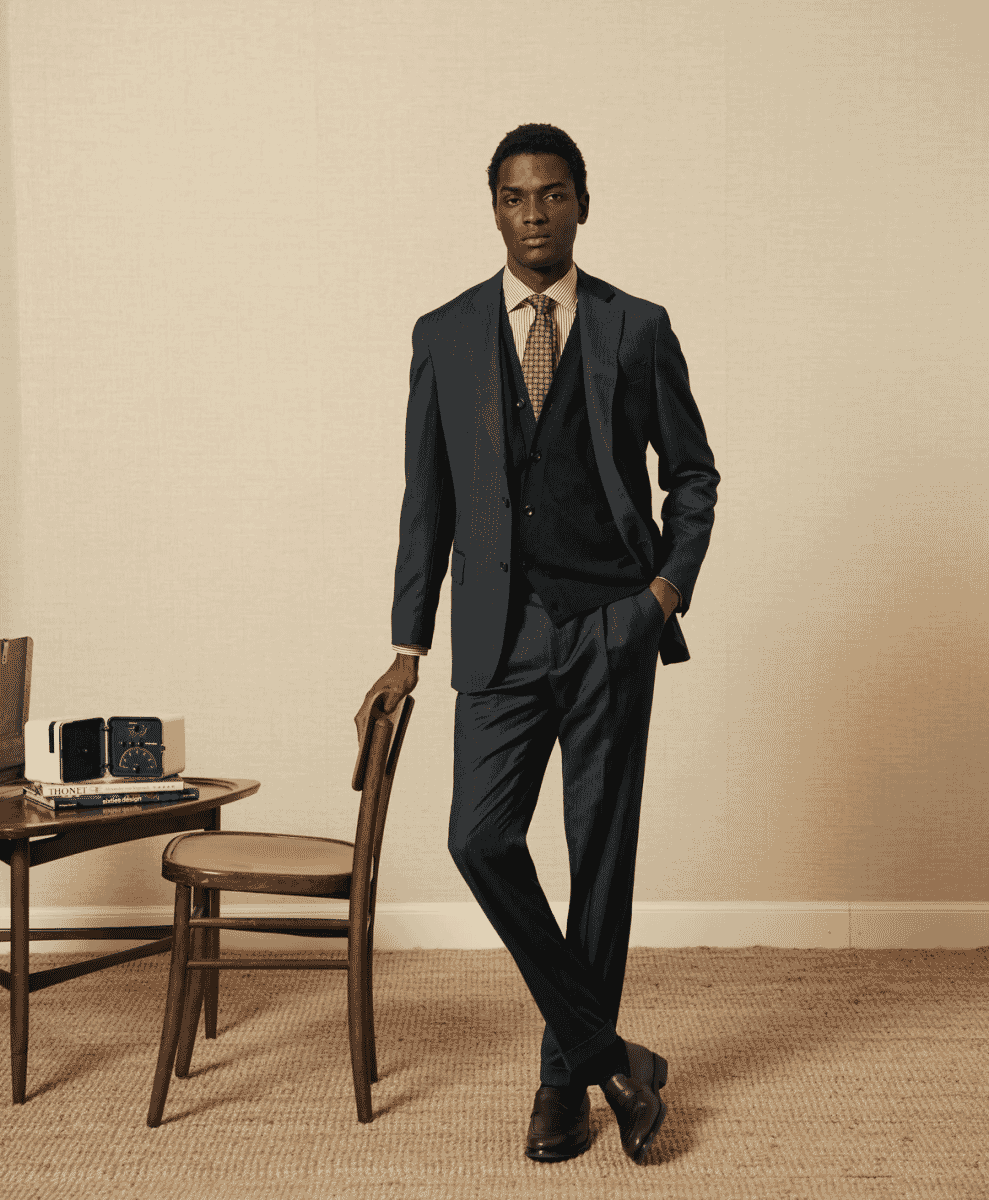
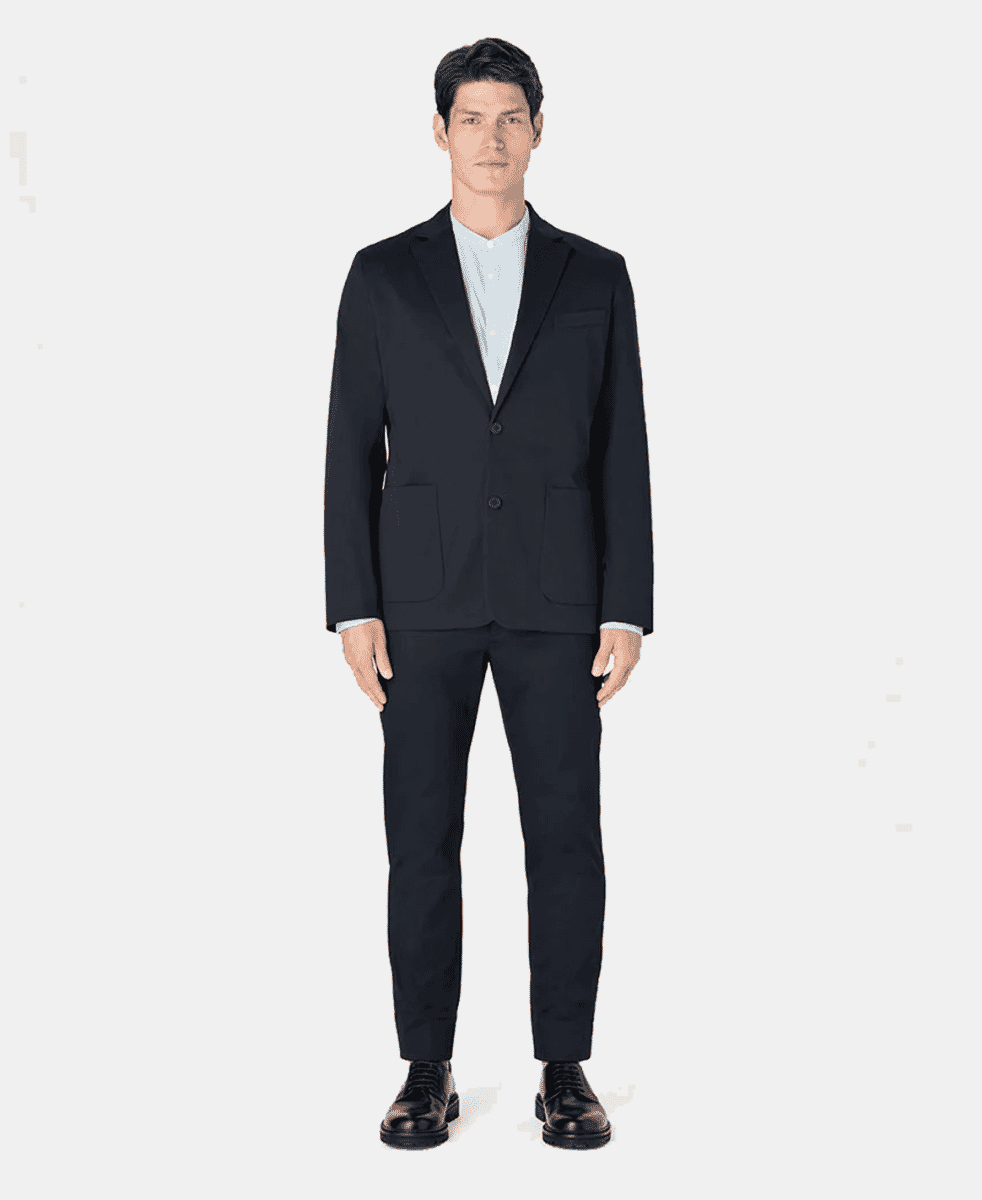
Work events
Semi-formal in a corporate setting leans more towards business attire. A navy or charcoal suit, a pale blue or white shirt, and polished leather shoes will always look appropriate. If it’s a less rigid environment, a blazer with pleated trousers offers a refined but approachable alternative.

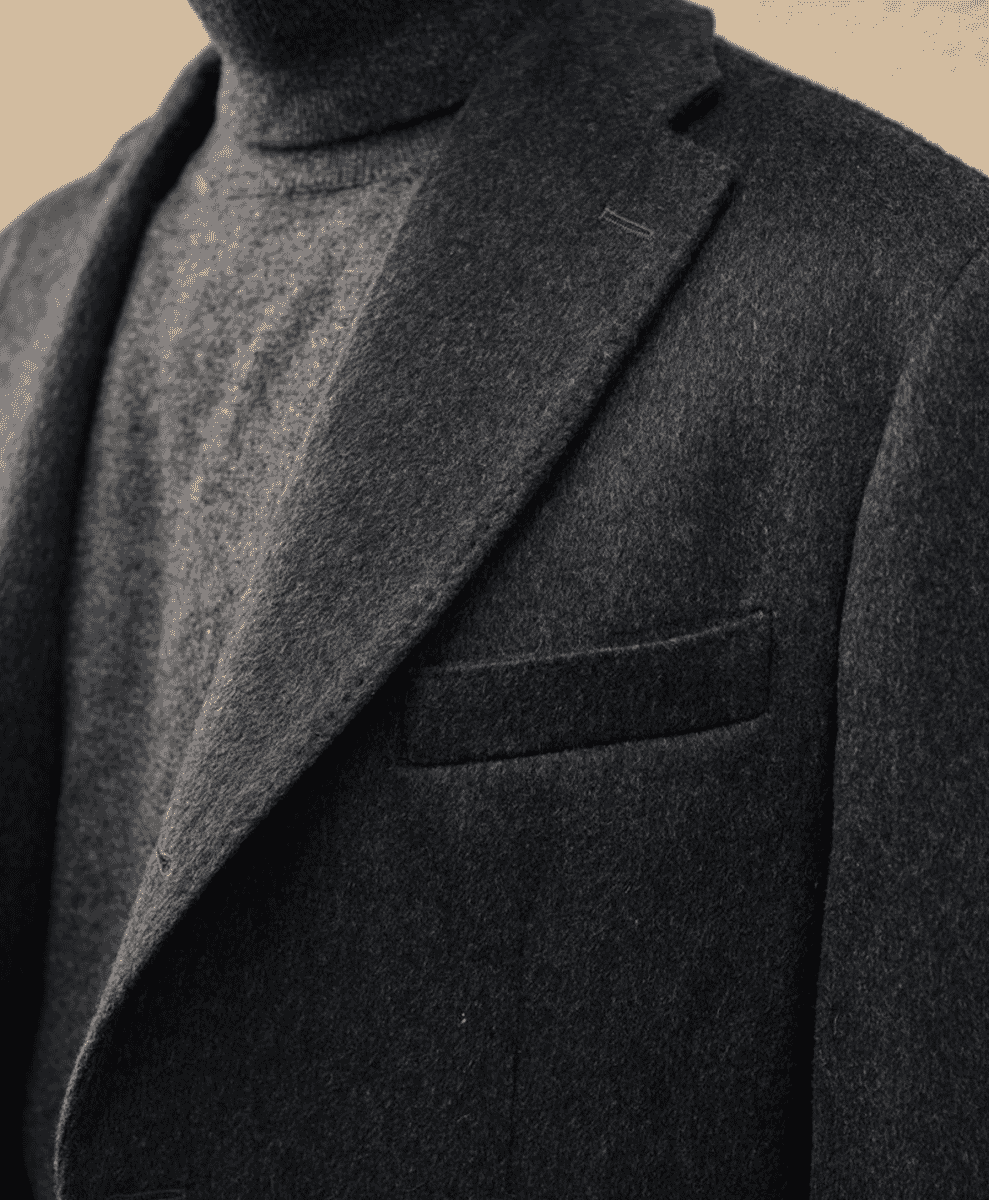
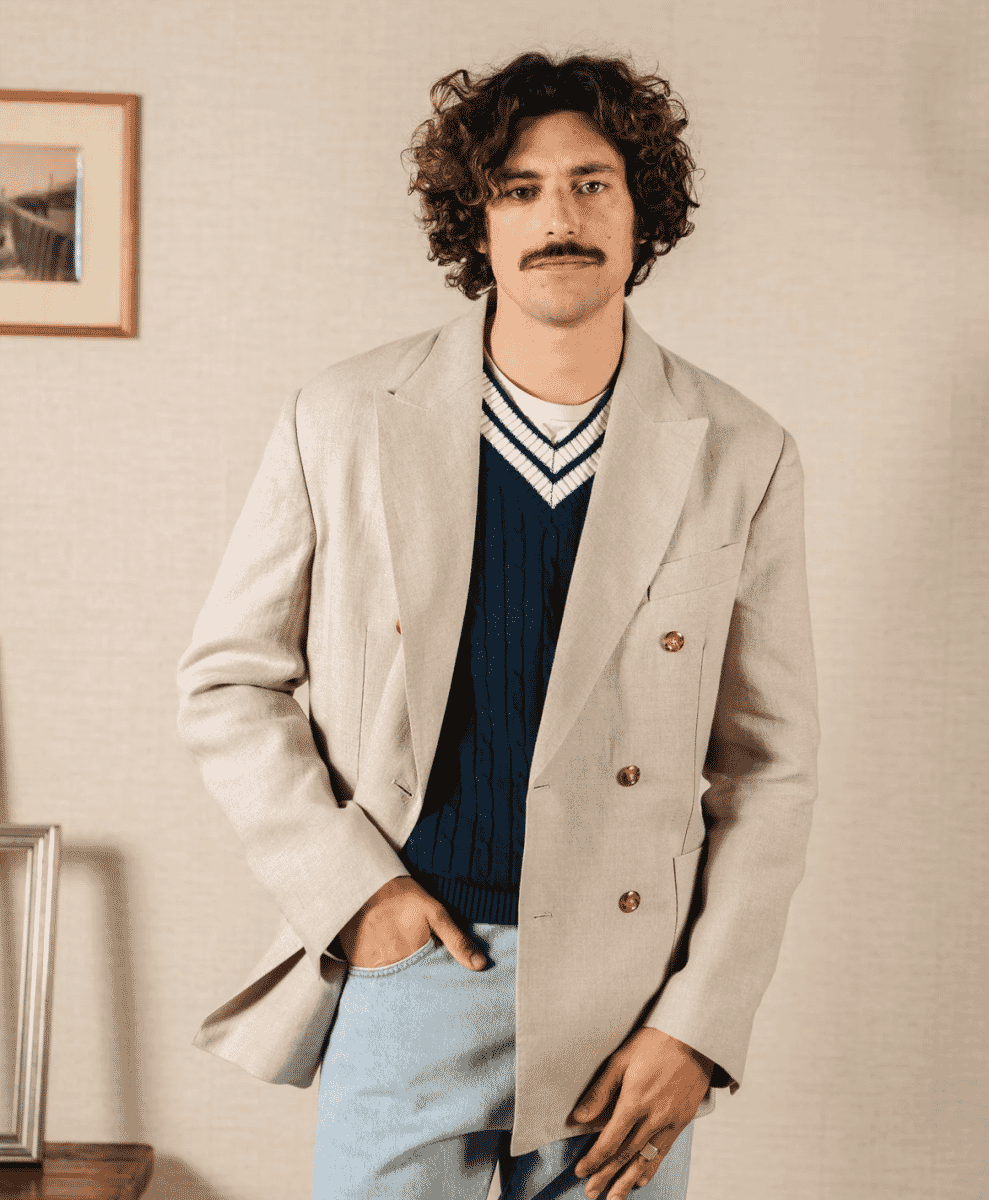
Parties
Evening parties that call for semi-formal dressing allow for the most freedom. A well-tailored blazer over a black rollneck or crisp shirt is a strong choice, paired with neatly pressed wool trousers and loafers. If the setting allows, dark, selvedge jeans with a structured blazer can work, provided the rest of the outfit is elevated enough to compensate.
Semi-formal attire for men dos and don’ts
Do invest in good tailoring
Fit is everything. A well-cut blazer or suit will always look sharp, while something too tight or too baggy will make even the best outfit look sloppy.
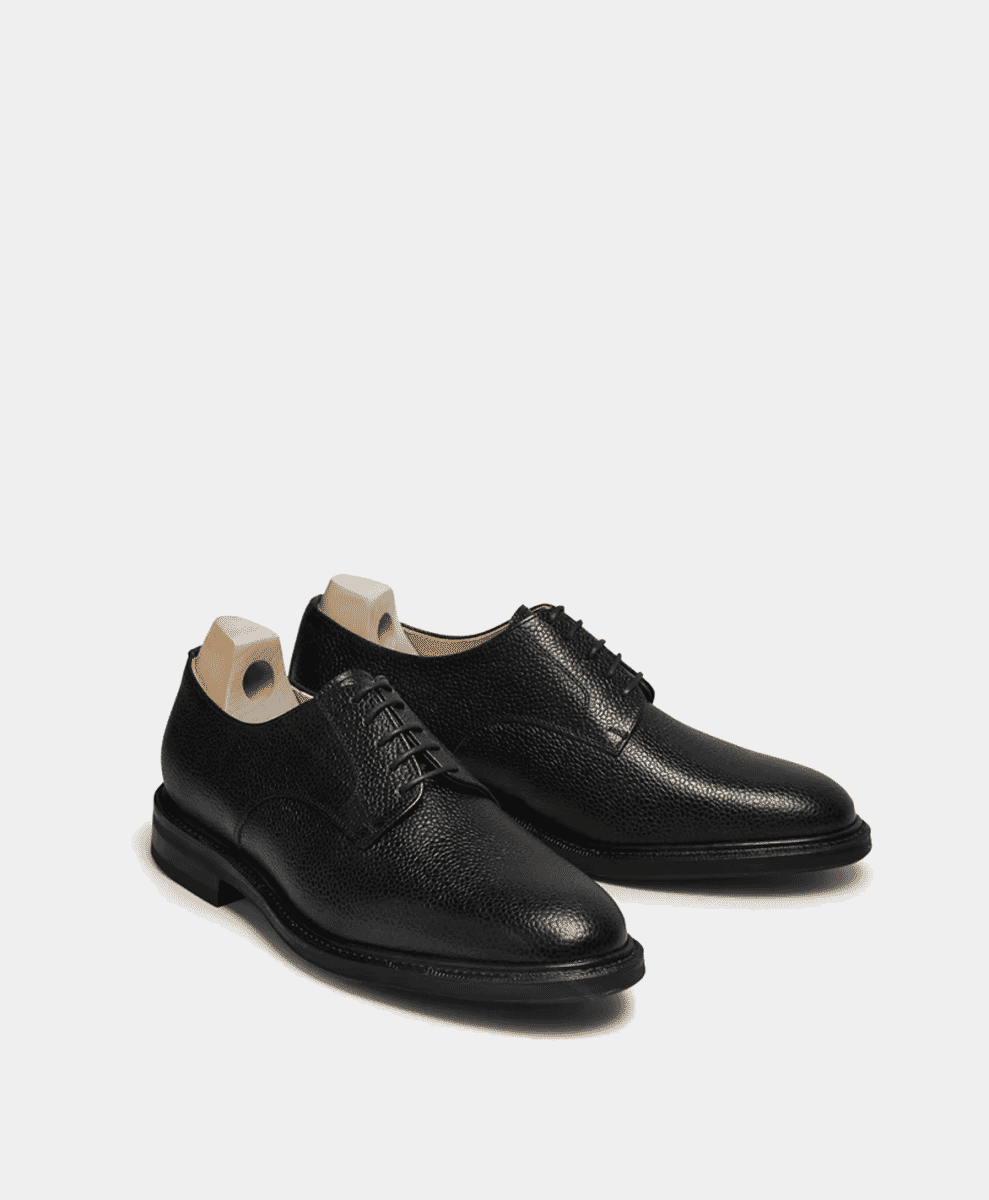
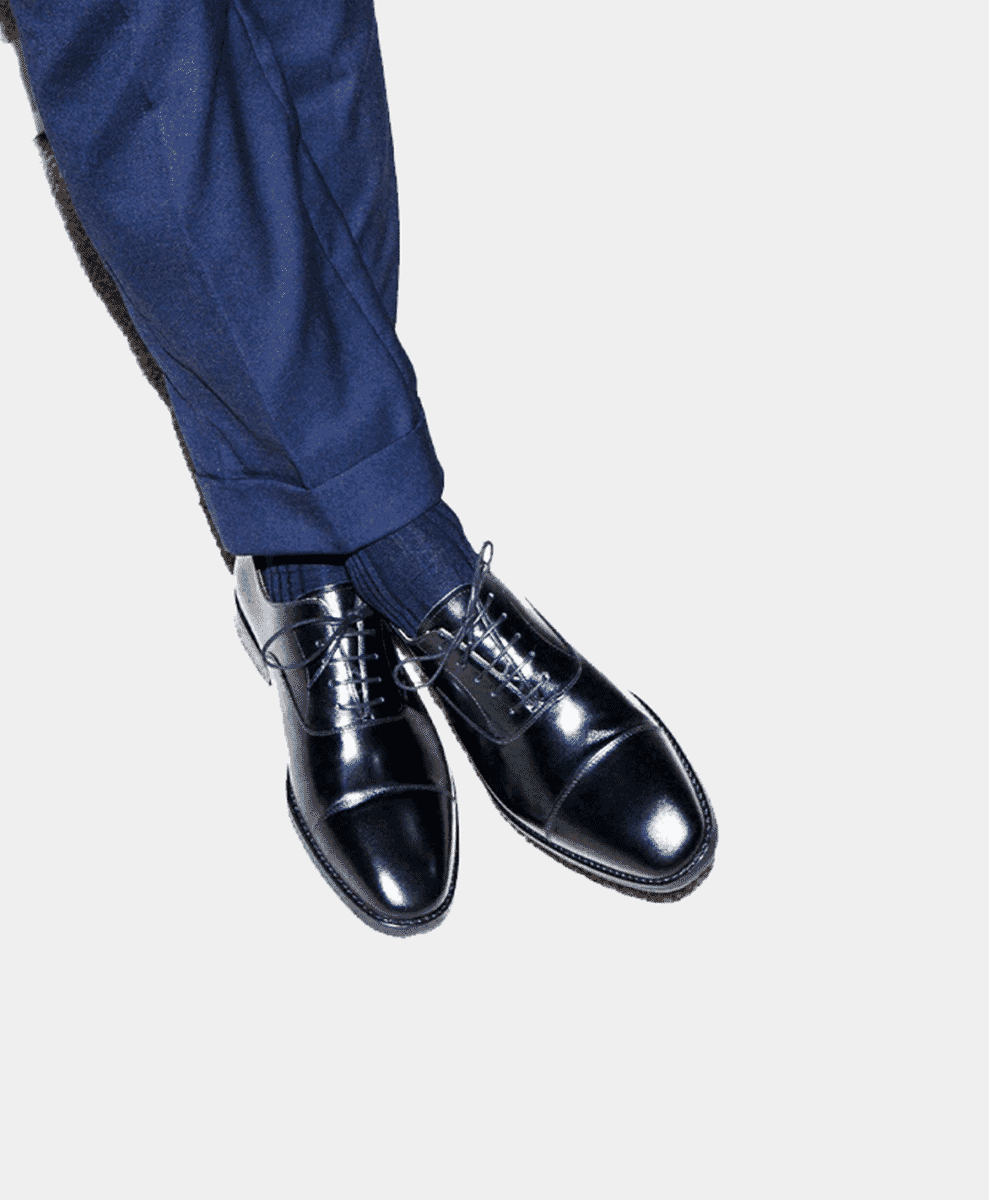

Don’t wear trainers
No matter how clean or expensive they are, trainers don’t belong in a semi-formal setting. Stick to leather shoes – loafers, Derbies, or Oxfords are all safe bets.
Do pay attention to fabrics
Wool, linen, and cotton blends work well, depending on the season. Avoid anything too shiny or synthetic – good texture will add depth to your outfit.
Don’t go too casual
Semi-formal attire for men is not smart casual. No polos, no T-shirts, and definitely no jeans, unless you’re at the most relaxed end of the spectrum.


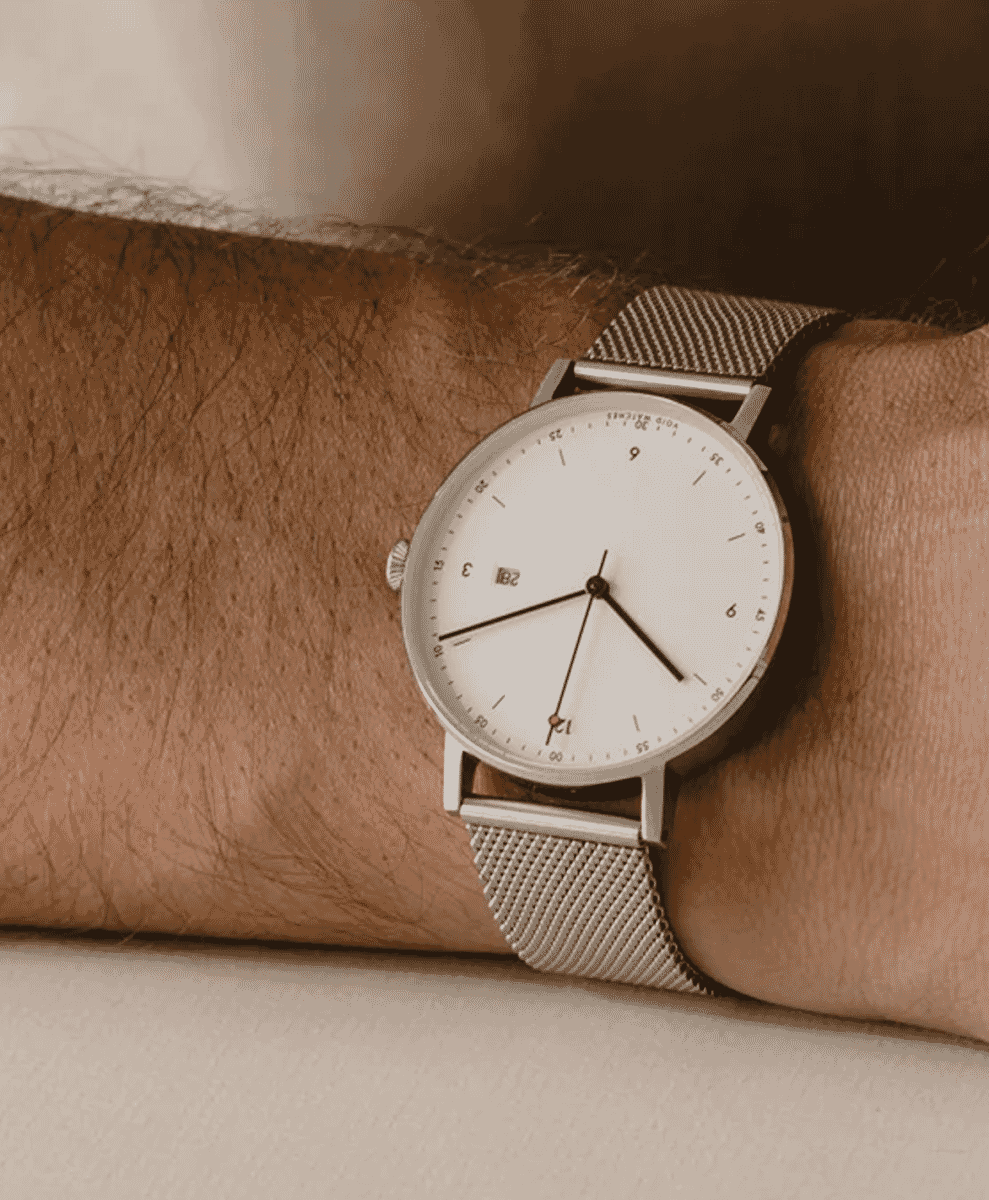
Do get your accessories right
A pocket square, a good watch, and a slim belt can elevate your look. Keep it minimal – too many accessories will tip the balance into overdressed territory.
Don’t forget the details
Scuffed shoes, wrinkled shirts, or mismatched tones will ruin an otherwise solid outfit. A little bit of preparation goes a long way.
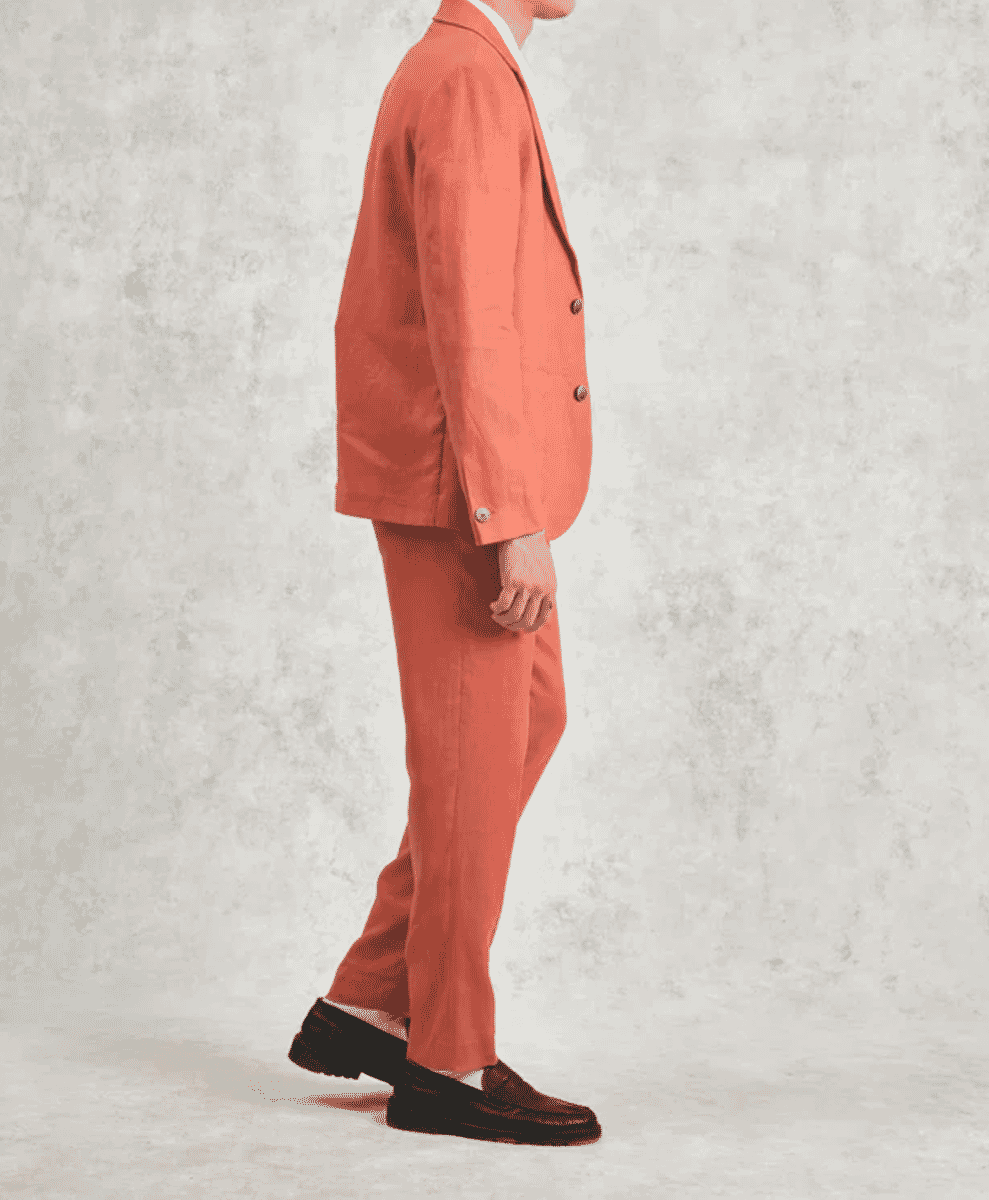

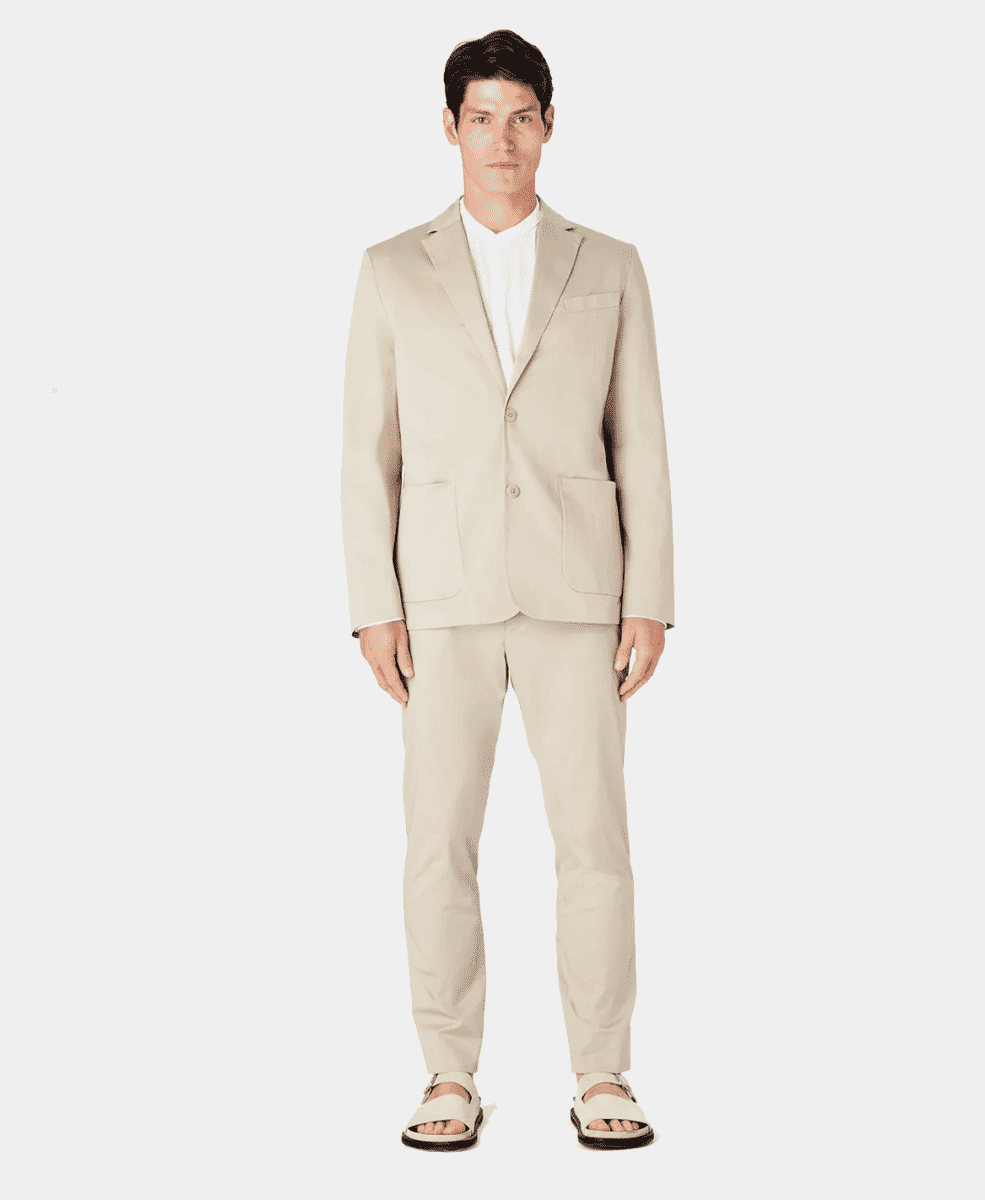
Do check the dress code
Not all semi-formal occasions are the same. A wedding might call for a tie and a full suit, while a work event could allow for a relaxed blazer and pleated trousers.
Don’t overdress
Semi-formal is meant to be polished but not rigid. A full three-piece suit or a tuxedo will make you look out of place – save it for formal occasions.
Do experiment with colour
Navy, charcoal, and grey are always safe choices, but soft pastels or earthy tones can add personality without breaking the dress code.
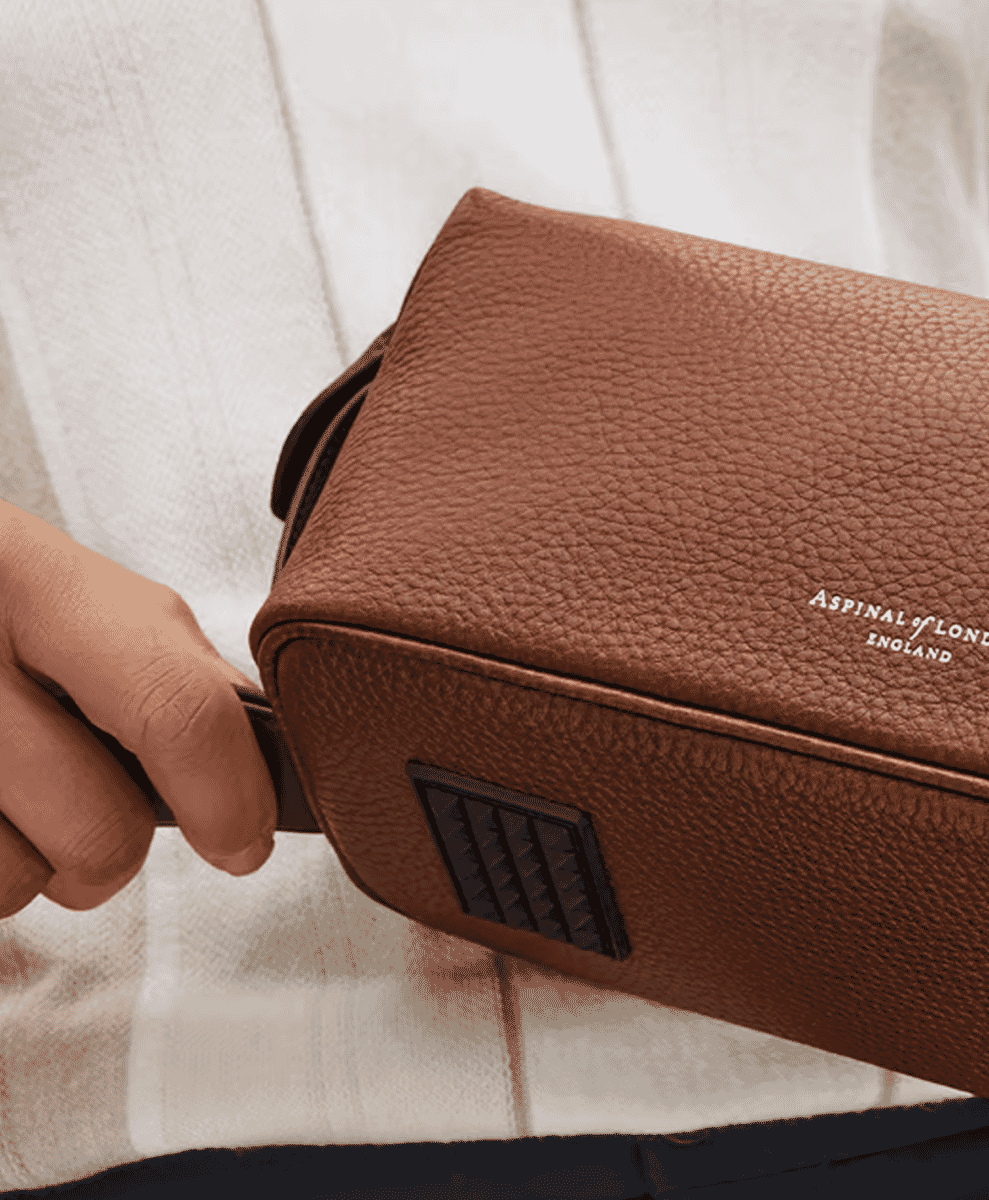
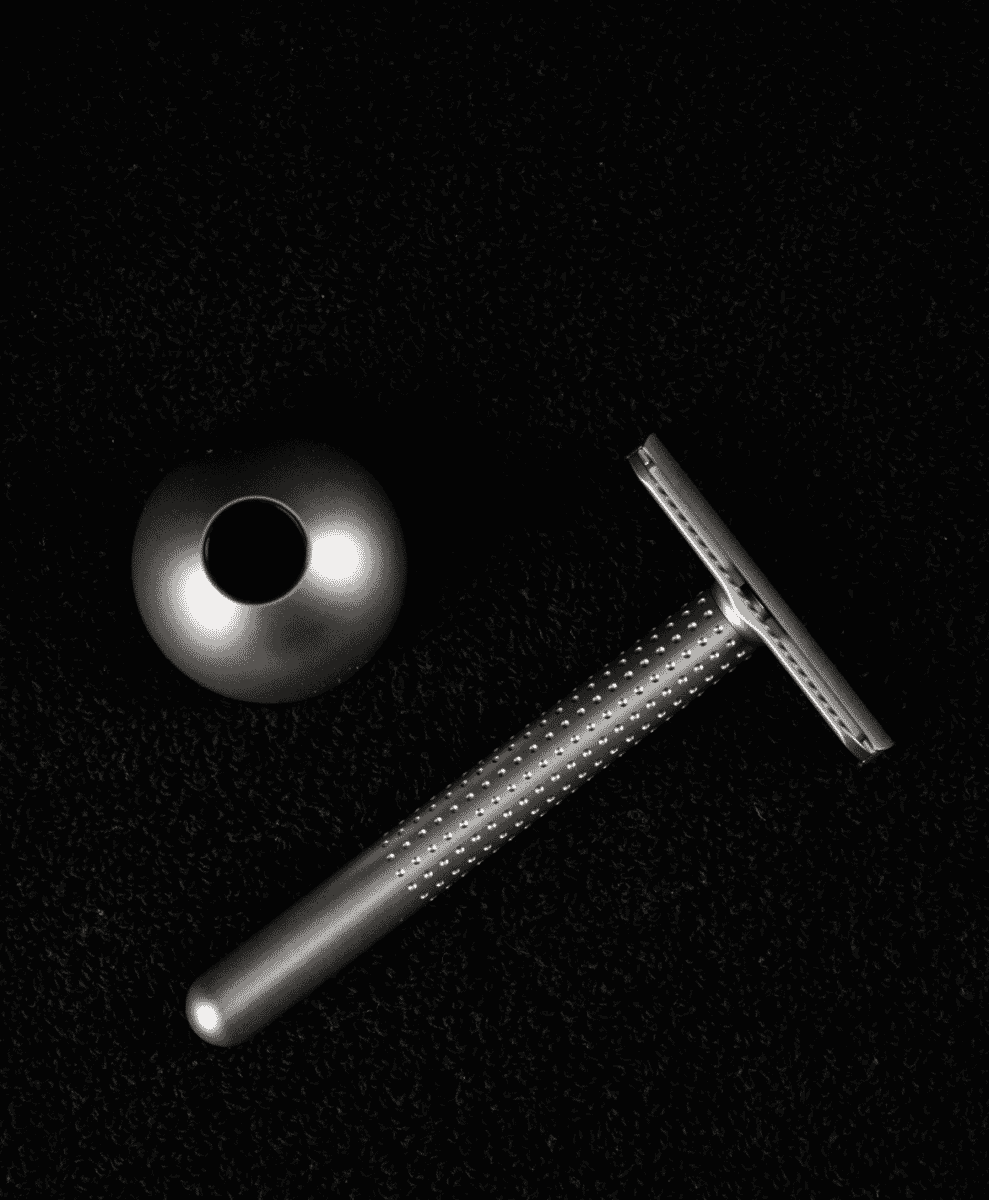
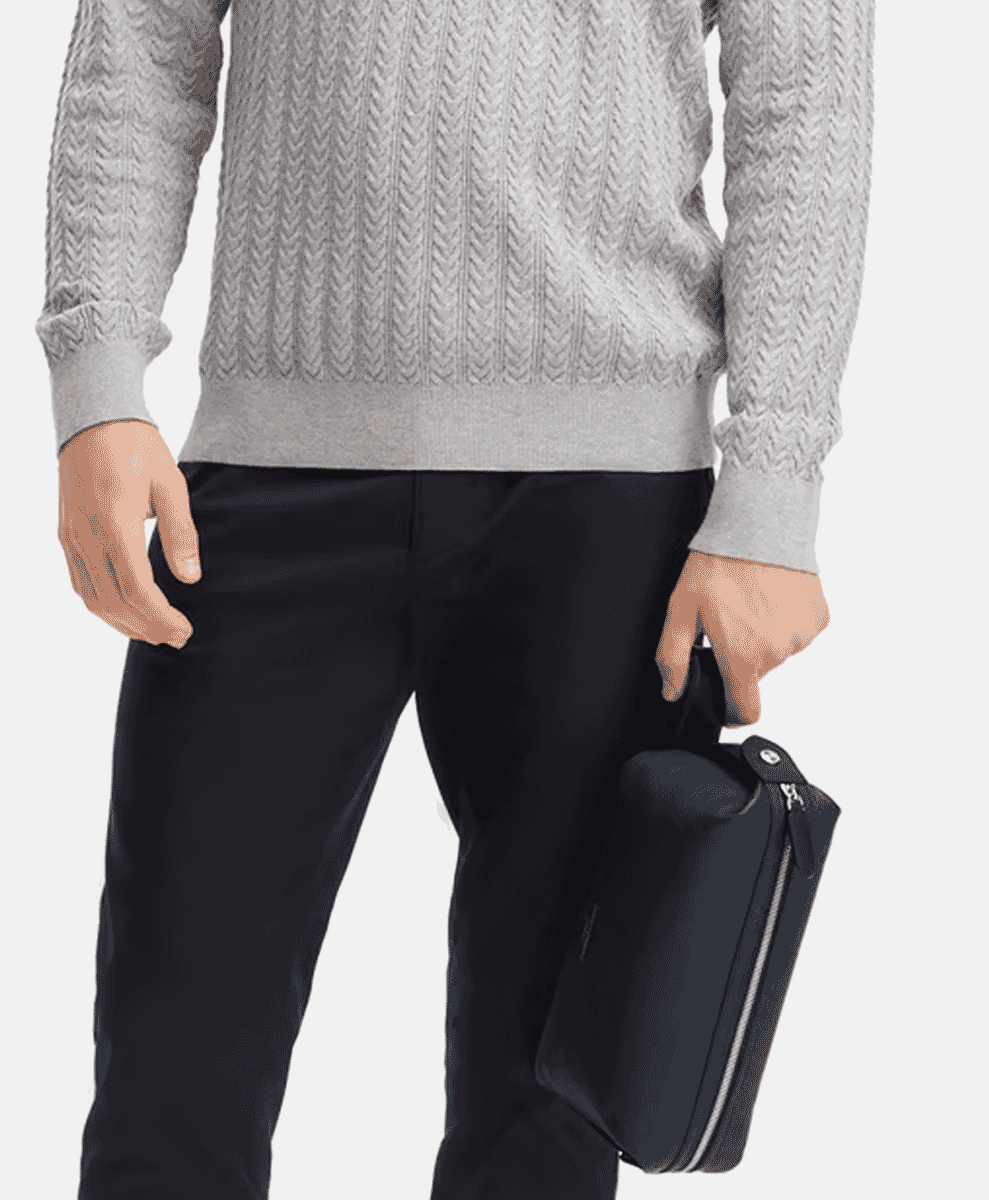
Don’t ignore your grooming
A great outfit won’t save you if your hair, beard, or overall grooming looks unkempt. Semi-formal dressing is about refinement, and that applies to everything from head to toe.
Next up: Take a look at our big dress codes explainer.




